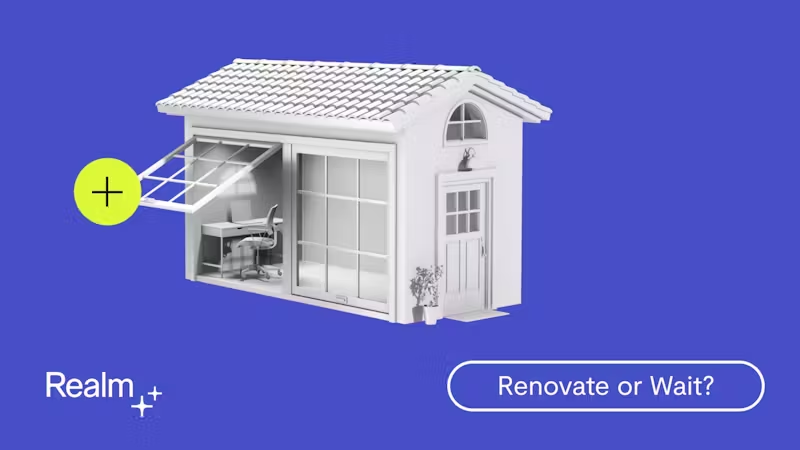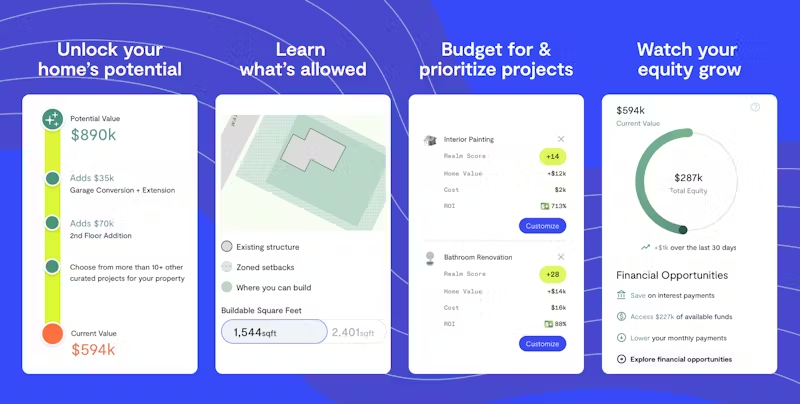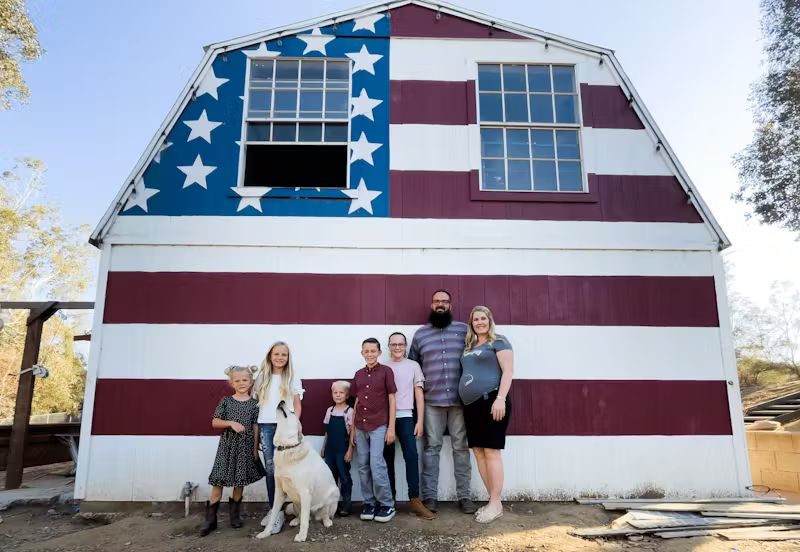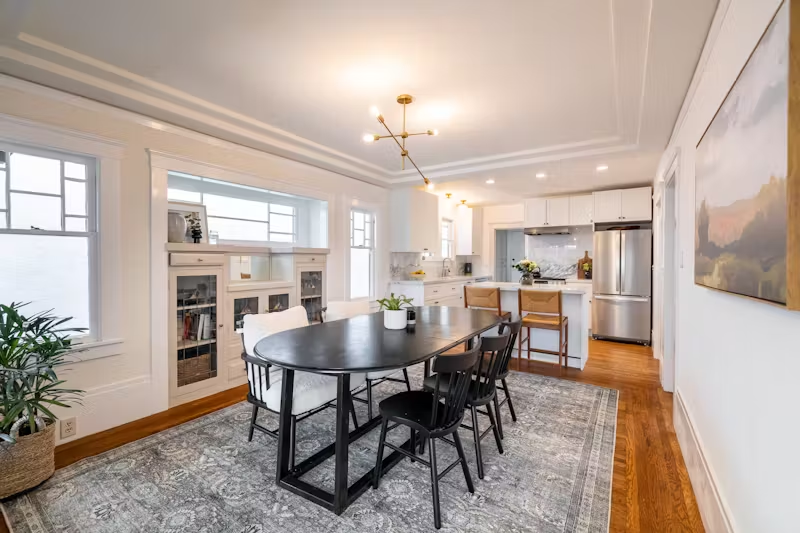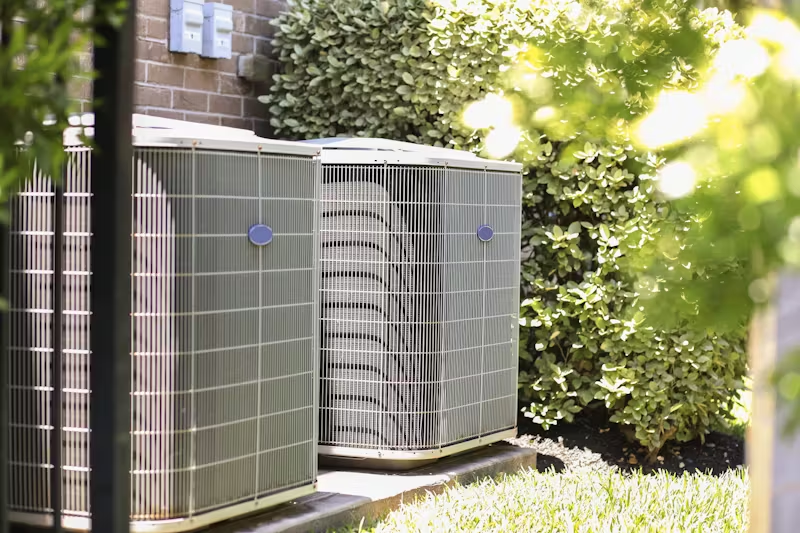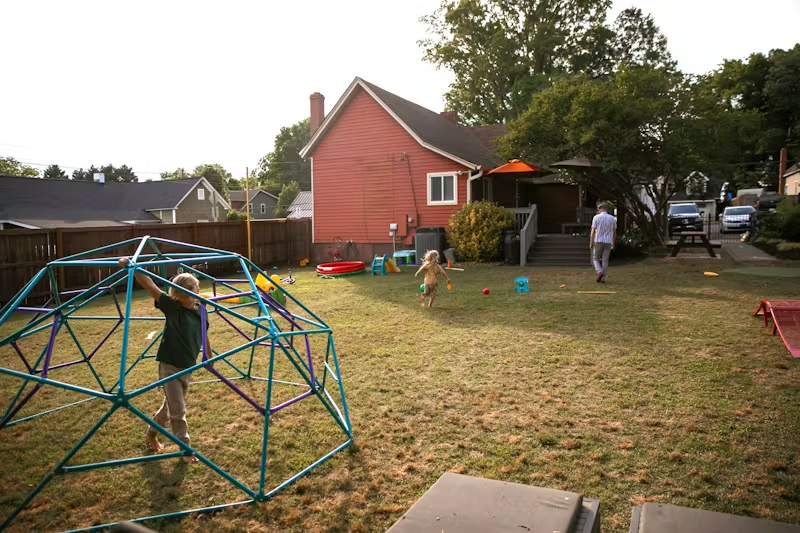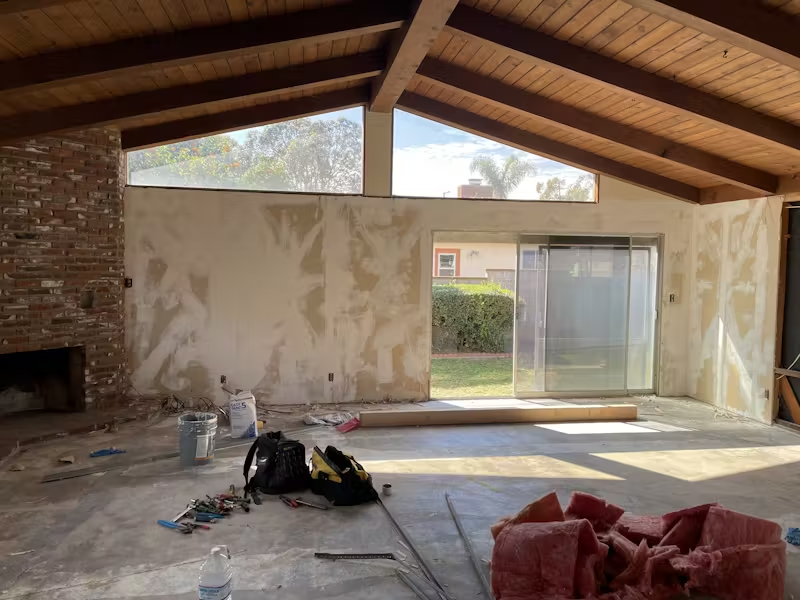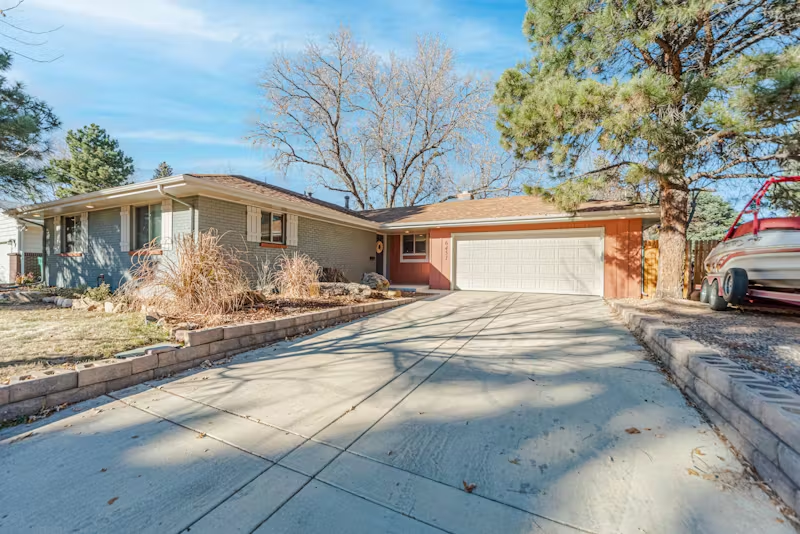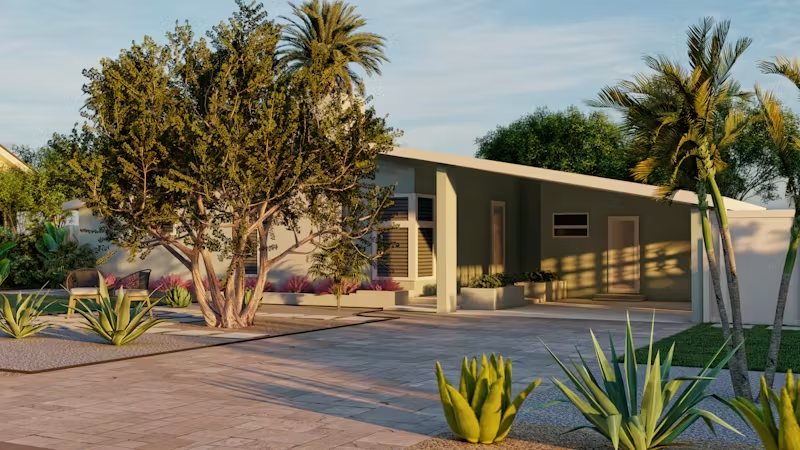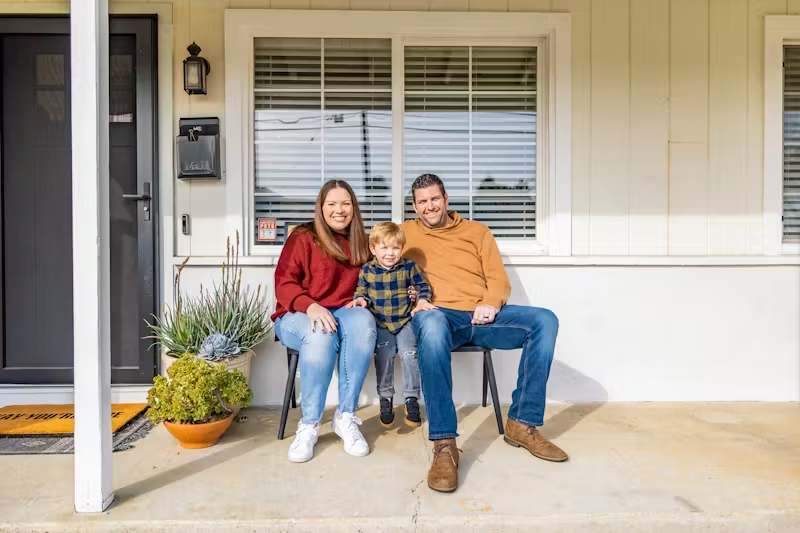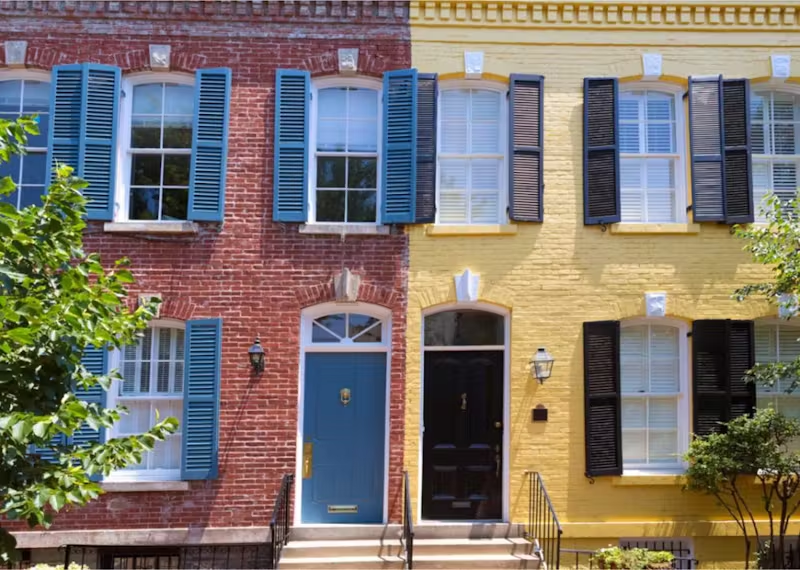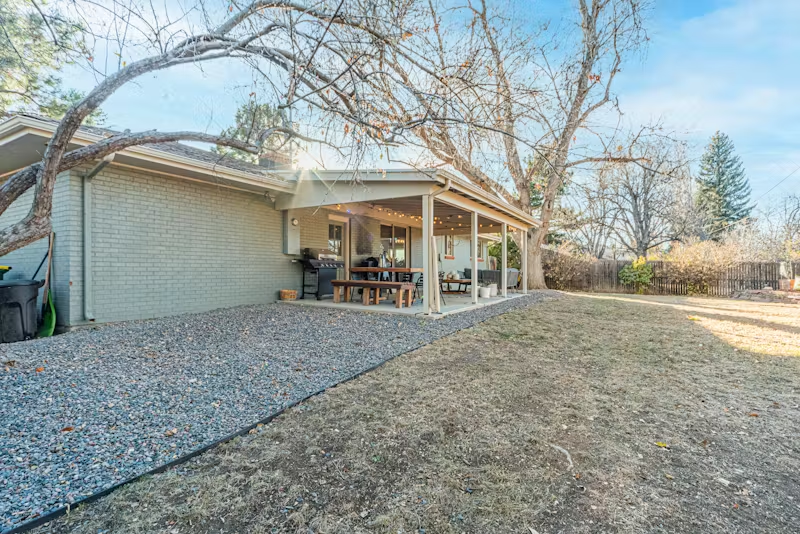Deck Building Cost: A Homeowner's Breakdown
Get a clear breakdown of deck building cost, including materials, labor, and design choices, so you can plan your new outdoor space with confidence.
|
November 2, 2025
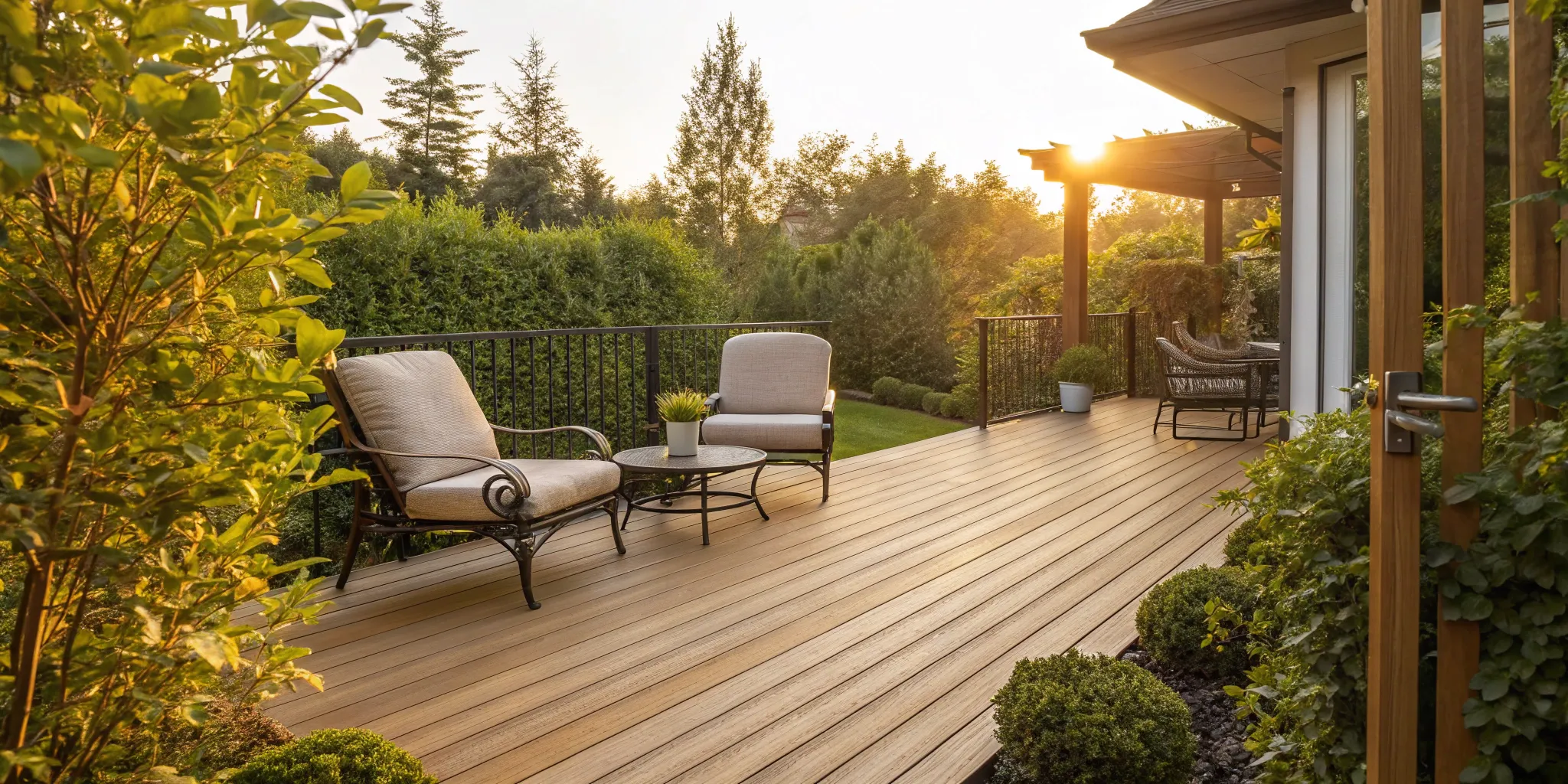
In this article:
The initial quote for your deck is just the starting point. While materials and labor make up the bulk of the expense, several other factors can influence the final price tag. From the cost of building permits and site preparation to the long-term expenses of maintenance and repairs, a true understanding of the deck building cost goes beyond the big numbers. This guide will shine a light on those often-overlooked details. We’ll cover the hidden costs that can catch homeowners by surprise and discuss how to plan for the future, ensuring your deck is a sound investment that brings you joy, not unexpected bills.
Key Takeaways
- Account for the Full Project Scope: Your deck's final price goes beyond materials and labor, including necessary costs like building permits, demolition of old structures, and site preparation. A complete budget accounts for these items from the start to prevent surprises.
- Choose Materials for Your Lifestyle, Not Just the Upfront Cost: While budget-friendly wood requires yearly maintenance, composite decking offers a low-effort alternative. Consider the long-term value and how much time you want to spend on upkeep when making your choice.
- Smart Planning Gives You Control Over the Final Price: You can effectively manage your budget by keeping the design simple, scheduling work in the off-season, and getting multiple quotes. Always include a 10-20% contingency fund to handle any unexpected issues with confidence.
What's the Real Cost of Building a Deck?
Figuring out a budget for a new deck can feel a little like guessing the number of jellybeans in a jar. The final price depends on so many factors, from the size of your dream deck to the materials you choose and who you hire to build it. While there’s no single magic number, we can break down the costs to give you a clear picture of what to expect. Think of this as your starting point for planning a beautiful outdoor space that fits your budget and your lifestyle.
The biggest variables you’ll encounter are materials, labor, design complexity, and your home's location. A simple, ground-level platform made from pressure-treated wood will cost significantly less than a multi-level masterpiece built with premium composite decking and custom railings. Understanding these key components is the first step toward creating a realistic budget. From there, you can decide where to spend and where you might be able to save. We’ll walk through each piece of the puzzle so you can feel confident in your financial planning and get one step closer to enjoying your new outdoor oasis.
Typical Cost Ranges
Let's start with the big picture. For a professionally installed deck, most homeowners spend somewhere between $4,000 and $15,000. The national average hovers around $8,000 for a standard-sized deck using common materials. Of course, this is just a benchmark. A small, simple DIY deck could cost as little as $1,500, while a large, luxurious deck with high-end features can easily reach $25,000 or more. Seeing this range helps you understand where your project might fall and sets a baseline for what you can expect as you start gathering quotes and making design decisions.
Breaking It Down by Square Foot
A more precise way to estimate your deck cost is to look at it per square foot. This helps you compare apples to apples when looking at different materials or contractor bids. Generally, you can expect to pay between $30 and $60 per square foot for a new deck, a price that typically includes both materials and professional labor. Some basic projects might fall closer to $20 per square foot, while premium materials and complex designs can push the cost to $80 per square foot or higher. For example, a 12x16 foot deck (192 square feet) at an average of $45 per square foot would land around $8,640.
How Location Affects Your Budget
Where you live has a major impact on the total cost of your deck. Labor rates, permit fees, and even material transportation costs vary significantly from one city to another. For homeowners in areas like California and Washington, it’s common to see project costs run 20% to 40% higher than the national average. This is due to a combination of higher wages for skilled labor and stricter local building codes that can add to the complexity of the build. This is where having a team with local expertise becomes invaluable, as they can help you understand the specific requirements and costs in your neighborhood.
Don't Forget Permits and Insurance
A few extra costs often catch homeowners by surprise. First, almost all new deck construction requires a building permit from your local municipality. The fees for these permits can range from a hundred to several hundred dollars, depending on your project's scope. Second, if you have an old deck that needs to be torn down and hauled away, you should budget an extra $600 to $1,000 for demolition and disposal. Finally, it’s crucial to ensure your contractor is fully insured. Working with vetted professionals protects you from liability and ensures the job is done right, giving you peace of mind.
Comparing Popular Decking Materials
Choosing your decking material is one of the biggest decisions you'll make for your project. It directly influences the final look, your total budget, and how much time you'll spend on upkeep in the years ahead. There isn't a single "best" option—it's all about finding the right fit for your home, lifestyle, and wallet. Before you get attached to a specific look, it helps to consider a few key factors. First, your budget will naturally narrow down the options. Second, think about maintenance. Are you someone who enjoys yearly home projects, or would you prefer a set-it-and-forget-it surface?
Your local climate also plays a significant role. Materials that work well in the mild San Diego weather might not be the best choice for areas with more extreme temperature swings. Finally, consider the overall aesthetic you want to achieve. Do you envision a rustic, natural wood look or something more sleek and modern? We'll walk through the most popular choices, from classic woods to innovative composites. Understanding the pros, cons, and typical costs of each will help you make a confident decision as you move forward with your home renovation project. This breakdown will give you the clarity you need to select a material that you'll love for years to come.
Pressure-Treated Wood: The Standard Choice
If you’re looking for the most economical option, pressure-treated wood is it. Typically costing between $3 and $6 per square foot, it’s the go-to material for many homeowners building on a budget. This lumber, usually pine or fir, has been chemically treated to resist rot, fungus, and insects, which is essential for any outdoor structure. The trade-off for the low price is the required upkeep. To keep it looking great and prevent splintering or decay, you’ll need to clean, stain, and seal it every year or two. It's a practical choice if you're willing to invest a little sweat equity to maintain your deck.
Cedar and Redwood: Natural Beauty
For a classic, beautiful wood deck, cedar and redwood are fantastic options. These woods are prized for their rich, warm colors and natural resistance to rot and insects—no chemical treatments needed. Cedar usually runs from $4 to $8 per square foot, while redwood is a bit pricier at $7 to $12 per square foot. They create a stunning, high-quality look that instantly elevates an outdoor space. While naturally durable, they will fade to a silvery gray over time if left untreated. To maintain their vibrant color and protect against the elements, a yearly cleaning and a fresh coat of sealer are recommended.
Composite Decking: Low-Maintenance and Durable
Composite decking has become incredibly popular, and for good reason. Made from a blend of wood fibers and recycled plastics, this material is engineered for durability and minimal upkeep. It won't rot, warp, or splinter, and you'll never have to sand, stain, or seal it—a simple soap-and-water cleaning is all it needs. The upfront cost is higher, ranging from $5 to $14 per square foot, but many homeowners find the long-term value worth it. You save a significant amount of time and money on maintenance, making it a cost-effective choice over the life of the deck.
Premium Hardwoods: A Luxury Finish
If you’re aiming for a high-end, luxurious deck with unmatched durability, look to premium hardwoods like Ipe (pronounced ee-pay). These exotic woods are incredibly dense, strong, and can last for decades with proper care. They have a beautiful, rich appearance that sets them apart from other materials. This quality comes at a premium, with costs ranging from $10 to $20 per square foot. They can also be more difficult to install due to their density, which can increase labor costs. The result, however, is a spectacular and long-lasting outdoor feature that feels truly special.
Hardware and Other Essentials
Remember, the decking boards are only one piece of the puzzle. Your total material cost will also include the deck’s substructure (the frame that supports the surface), fasteners, railings, and any stairs. On top of that, you have to account for labor, which can range from $10 to $30 per square foot depending on your design's complexity and local rates. It's easy to overlook these costs when you're focused on the decking itself. Working with a vetted professional ensures you get an accurate, all-inclusive estimate, so there are no surprises when the final bill arrives.
Factoring in Labor and Installation
The materials you choose are just one part of your deck’s budget. Labor is the other major factor, and it’s where costs can vary significantly. This is where having a skilled and reliable team makes all the difference, turning a pile of lumber into a beautiful, safe extension of your home. Understanding what goes into installation costs will help you plan a realistic budget.
What to Expect from a Pro
When you hire a professional, you can generally expect labor to cost between $15 and $40 per square foot. Why the wide range? Several things come into play, including your location, the builder’s experience, and the complexity of your deck design—a simple ground-level platform will cost less than a multi-level deck with intricate details. A great contractor provides a clear, itemized quote, and working with Realm’s network of vetted professionals ensures you’re getting a fair price for high-quality work.
DIY vs. Hiring a Contractor
The thought of building your own deck and saving on labor is tempting. It’s a great way to cut costs if you have the skills, tools, and time. However, it’s important to weigh those savings against the benefits of hiring a pro. A professional ensures your deck is structurally sound, safe, and compliant with local building codes. They handle the project efficiently and can often spot potential issues before they become costly problems. The process of finding a great contractor is simpler when you have an expert team supporting you.
The Cost of Site Prep
Before the first post is set, your yard needs to be prepared. This phase often includes costs that are easy to overlook. Most deck projects require a building permit from your city, which comes with a fee. If you’re replacing an existing structure, you’ll also need to budget for demolition and hauling away the old materials. This removal can add an extra $600 to $1,000 to your total, so be sure to account for it in your initial budget.
How the Season Affects Pricing
Timing can play a surprising role in your deck’s final cost. Spring and summer are the busiest times for contractors, and that high demand can translate to higher labor rates and longer waiting lists. If your project timeline is flexible, consider scheduling your build for the off-season, like the late fall or winter. You may find that builders have more availability and offer more competitive pricing, which can be a smart way to make your budget go further.
How Your Design Choices Affect the Cost
Once you’ve settled on the size and materials for your deck, the next big cost driver is the design itself. A simple, rectangular platform will always be the most budget-friendly option, but many homeowners want something with a bit more personality. As you start adding custom shapes, multiple levels, and built-in features, both material and labor costs begin to climb. Every decision, from the style of the railing to the placement of the stairs, has a budget implication. Fancy designs, custom railings, built-in seating, and multi-level decks all add to the cost, turning a straightforward project into a more complex and expensive build.
Understanding these costs ahead of time helps you prioritize what’s most important for your outdoor space. It’s about finding the sweet spot between the deck you’re dreaming of and the one that makes financial sense. This is where having a clear plan is essential. A Realm project advisor can help you explore different design possibilities and understand their cost implications, ensuring you can balance your vision with your budget to create a deck you’ll love without any financial surprises down the road.
Simple vs. Custom Designs
The complexity of your deck's layout is a major factor in its final price. A standard square or rectangular deck is the most straightforward to build. It requires fewer intricate cuts and less complicated framing, which translates directly to lower labor costs and less material waste. If you’re looking for a more unique shape—like a curved edge, an octagonal section, or a deck with intricate inlay patterns—be prepared for the price to increase. These custom designs demand more planning, precise measurements, and a higher level of skill to execute properly. While a custom shape can create a stunning focal point in your yard, it’s important to weigh that aesthetic appeal against the added expense.
Railings, Gates, and Safety Features
Railings are a safety essential for any elevated deck, but they also offer a great opportunity to define your style. The material you choose will significantly impact the cost. Standard pressure-treated wood railings are the most economical, while options like composite, aluminum, cable, or glass panels are more expensive. If your deck needs a gate for pool safety or to contain pets and children, this will be an additional expense based on its size and material. It’s always best to check your local building codes, as they often have specific requirements for railing height and spindle spacing that can influence your design choices and final cost.
Adding Stairs and Multiple Levels
If your deck is raised off the ground, you’ll need stairs, which add to both material and labor costs. The total price for stairs depends on their width, the number of steps, and the railing style. A raised or second-story deck will cost even more—often 15-25% more than a ground-level one—as it requires more extensive structural support and robust safety features to be secure. Creating a multi-level deck is a popular way to define different outdoor "rooms," like a dining area and a separate lounge space. While visually appealing, this design is far more complex to build than a single-level deck, requiring additional footings, framing, and materials that increase the final price.
Built-in Seating, Planters, and More
Integrating custom features is what transforms a simple deck into a true outdoor living room, but these additions come at a price. Built-in benches are a popular choice for providing permanent seating and can cost anywhere from $500 to $5,000, depending on the size and design. Other popular built-ins include planters for adding greenery, storage boxes to hide cushions, or even a pergola for shade. Each of these elements is a mini-construction project on its own, requiring extra materials and skilled carpentry. When planning your budget, be sure to account for these features separately from the main deck structure to get an accurate cost estimate.
Lighting and Electrical Work
Good lighting extends the usability of your deck into the evening and adds a wonderful ambiance. The cost can vary dramatically, from around $100 for simple solar-powered lights to $5,000 for more complex systems. A professionally installed low-voltage system with recessed lighting, step lights, and dimmers will require hiring a licensed electrician. This work can add a significant amount to your project cost, so it's important to factor it in early. If you plan to use your deck for entertaining, you might also want to add outdoor outlets for speakers or string lights. It’s best to plan for any electrical needs during the initial design phase to incorporate the wiring seamlessly into the deck’s construction.
Choosing Materials for Long-Term Value
When you’re looking at the price tags for different decking materials, it’s easy to focus on the immediate cost. But a truly smart investment considers the bigger picture. The materials you choose today will determine how much time and money you spend on your deck over the next few decades. Thinking about durability, maintenance, and resale value from the start helps you build a beautiful outdoor space that’s also a sound financial decision. A deck isn't just an expense; it's an asset that can add real value to your home when planned correctly. Let's break down what you need to consider to get the best long-term value.
How Long Will Your Deck Last?
The lifespan of your deck is one of the most significant factors in its overall value. While it might be tempting to choose the cheapest option, you could end up paying for a full replacement much sooner. Generally, composite decks are the long-distance runners, lasting an impressive 25 to 30 years. Traditional wood decks, like those made from cedar or pressure-treated pine, have a shorter lifespan of around 10 to 20 years, and that’s if you’re diligent with upkeep. Thinking about this timeline from the beginning helps frame the upfront cost. A higher initial investment in a longer-lasting material can mean you only have to build your deck once.
Factoring in Future Maintenance
Every deck needs some love, but the amount of work varies wildly between materials. Wood decks require a consistent commitment. Regular cleaning, staining, and sealing are essential to protect the wood from moisture and sun damage, keeping it looking great and structurally sound. If you neglect this upkeep, you could face expensive repairs or even a premature replacement. On the other hand, composite decking is famously low-maintenance, usually just needing a good scrub with soap and water. When you’re choosing, be honest with yourself about how much time and money you’re willing to spend on annual maintenance down the road.
Picking Materials for Your Climate
Living on the West Coast means your deck will face a specific set of environmental challenges, from intense sun in Southern California to damp, rainy seasons in the Pacific Northwest. Your local climate should play a huge role in your material choice. Wood can be susceptible to rot in damp areas or warping and cracking in hot, dry climates. While materials like composite decking cost more at first, their resistance to moisture, fading, and pests makes them a practical choice that often saves money on upkeep in the long run. Realm’s experts can help you weigh these options to find the perfect fit for your home’s specific location and microclimate.
Your Deck's Return on Investment (ROI)
A new deck is more than just a place to grill and relax; it’s an investment in your property. When it comes time to sell, a beautiful, well-maintained deck is a major selling point. On average, homeowners can expect to recoup between 40% and 60% of their deck’s construction cost in added home value. This return on investment (ROI) can be even higher if the deck is well-designed and complements the rest of your home. Choosing durable, attractive materials and a timeless design helps ensure your deck remains a valuable asset for years to come, making it a smart financial move as well as a lifestyle upgrade.
Understanding Material Warranties
A manufacturer’s warranty is a good indicator of a product's quality and durability. It’s essentially a promise that the material will hold up for a certain period. Composite decking brands often lead the pack here, with warranties that can last 25 years or more, covering things like staining and fading. These long warranties provide peace of mind, assuring you that your investment is protected against defects. When comparing materials, always look at the warranty details. A strong warranty not only protects you financially but also shows that the manufacturer stands confidently behind its product’s performance over the long haul.
Watch Out for These Hidden Costs
When you get a quote for your new deck, it’s easy to focus on the big numbers for materials and labor. But a few other expenses can pop up along the way. Being aware of these potential costs from the start helps you create a more realistic budget and avoid surprises down the road. Think of things like building permits, which are required for most deck projects and can add an unexpected line item to your expenses. A great contractor will walk you through these possibilities, but it always pays to be informed. Planning for these details is a key part of how Realm helps you prepare for a smooth project.
Foundation and Footing Needs
Every great deck stands on a solid foundation. For safety and longevity, your deck needs proper footings—concrete supports dug into the ground—to anchor the structure. The cost for this can vary quite a bit. A simple, ground-level deck might have straightforward footing requirements. But if you’re planning an elevated or multi-level deck, you’ll need deeper, more substantial footings and supports to keep everything stable, which adds to your budget. Your local soil conditions can also play a role, as poor soil might require extra work to ensure the foundation is secure for years to come.
Site Access and Challenges
Think about your backyard for a moment. Is it easy to get to? The accessibility of your project site directly impacts labor costs. If your contractor can’t easily move materials and equipment to the build area—say, because of a steep slope, a narrow side yard, or a lot of existing landscaping—it will take more time and effort, which is reflected in the price. If you have an old deck that needs to be torn down and hauled away, you can expect to pay an extra $600 to $1,000 for the demolition and disposal. Similarly, adding stairs for an elevated deck can cost between $25 and $50 per step.
Proper Drainage Solutions
A new deck is a large, solid surface that can change how rainwater flows across your property. If water isn't directed away from your home properly, it can lead to a soggy yard or, in worse cases, moisture problems with your home’s foundation. To prevent this, you might need to invest in a drainage solution. This could involve grading the land under the deck to create a slope or installing a system like a French drain. While it’s an added expense, ensuring proper drainage is a smart move to protect your bigger investment: your home.
Post-Construction Landscaping
Building a deck can be tough on your yard. Heavy foot traffic, equipment, and material storage can leave your lawn looking a little worse for wear. It’s a good idea to set aside part of your budget for post-construction landscaping. This could be as simple as reseeding the grass around the new deck or as involved as adding new garden beds, pathways, or plants to fully integrate the deck into your outdoor space. Factoring this in from the beginning ensures your finished project looks polished and complete, not just dropped into a messy construction site.
Working Around Utilities
Before any digging begins, it’s crucial to know what’s underground. Buried utility lines for gas, water, electricity, and communications are common in residential yards. Hitting one of these lines is not only dangerous but can also lead to expensive repairs. Your contractor will need to locate these lines before starting work. You can get this process started for free by contacting your local 811 call center a few days before any digging is scheduled. If any utilities are in the way of your deck’s foundation, they may need to be rerouted. This process can add significant time and cost to your project, so it’s an important factor to investigate during the initial planning phase.
How to Budget for Your New Deck
Creating a realistic budget is a critical step in your deck project. It’s more than just a final number—it’s a roadmap that helps you understand your costs, make smart choices, and avoid surprises. A solid financial plan allows you to move forward with confidence, prepared for every stage of the build.
Why You Should Get Multiple Quotes
Before committing to a contractor, get at least three quotes to establish a realistic price range for your project. If most quotes are similar, you can feel confident that’s the fair market rate. Be wary of a bid that’s significantly lower than the others, as it can be a red flag for lower-quality materials or inexperienced labor. Working with vetted professionals ensures you get a comprehensive and accurate quote from the start.
Finding Smart Ways to Save
You don’t have to sacrifice quality to save money. The easiest way to cut costs is to keep the design simple; a standard rectangular deck is more affordable than a complex, multi-level one. Consider scheduling your project during the off-season, like late fall or winter, when contractors may be less busy. You can also handle some finishing work yourself, like staining or sealing, to reduce labor costs. A customized plan can help you identify where to save without compromising your vision.
Optimizing Your Material Costs
Materials make up about half of your deck’s total cost, so your choices here have a big impact. While pressure-treated pine is affordable upfront, materials like composite or cedar can offer better long-term value. They often last longer and require less maintenance, saving you money on future upkeep. It’s a trade-off between initial investment and lifelong expense. Getting expert guidance can help you choose materials that fit both your budget and your lifestyle.
Setting Aside a Contingency Fund
Unexpected costs can pop up during any renovation, so a contingency fund is essential. This is an extra cushion of money, typically 10% to 20% of your total project cost, reserved for unforeseen issues like discovering difficult soil or dealing with material price hikes. Having this fund provides peace of mind and prevents a minor hiccup from derailing your project. It’s a standard part of budgeting for all major home renovation projects and a key to keeping your build stress-free.
Planning for Your Deck's Future
Once the last board is screwed in and the furniture is arranged, it’s easy to think the work is done. But a great deck is a long-term commitment, and planning for its future is just as important as choosing the right materials and design. Think of it as a roadmap for keeping your outdoor oasis safe, beautiful, and valuable for years to come. This means budgeting for routine upkeep, anticipating potential repairs, and understanding the natural lifespan of your chosen materials. A little foresight can prevent small issues from turning into costly headaches and helps you get the most out of your investment.
When you know what to expect, you can spend less time worrying about wear and tear and more time making memories with family and friends. It’s about shifting your mindset from a one-time construction cost to a continuous, but manageable, investment in your home’s lifestyle and value. A well-maintained deck isn't just a feature; it's an extension of your living space that requires care to stay at its best. Let's break down what you should keep in mind for the long haul so you can enjoy your deck with total peace of mind.
The Cost of Regular Maintenance
Think of deck maintenance as a yearly check-up to keep it healthy. You should plan to budget between $500 and $1,000 annually for tasks like power washing, inspections, and minor repairs. If you have a wood deck, staining and sealing are crucial for protecting it from the elements. You can expect to pay around $1.50 to $4.00 per square foot for staining and another $1.00 to $3.00 per square foot for sealing every few years. Factoring these costs into your annual home maintenance budget from the start means you’ll never be caught off guard when it’s time for a refresh.
Planning for Potential Repairs
Putting off regular maintenance might save a little money in the short term, but it often leads to much bigger bills later. A small patch of rot can spread, a loose board can become a tripping hazard, and faded sealant can leave your wood vulnerable to water damage. Neglecting your deck can turn simple fixes into major repairs or even force a full replacement sooner than you’d planned. By staying on top of upkeep, you can catch issues while they’re small and manageable. This proactive approach is the best way to ensure your deck remains a safe and enjoyable space for everyone.
When Will It Need Replacing?
Every deck has a lifespan, and the materials you choose play the biggest role in determining it. A composite deck is a long-term investment, often lasting between 25 to 30 years with minimal fuss. Wood decks, like those made from cedar or pressure-treated pine, have a shorter but still respectable lifespan of around 10 to 20 years, assuming they receive consistent care. Knowing these general timelines helps you plan for the future. It’s not something you need to worry about day-to-day, but it’s smart to have a long-range financial plan for when a major overhaul or replacement is on the horizon.
How a Deck Impacts Your Home's Value
A beautiful, well-maintained deck is more than just a place to grill and relax—it’s a smart financial investment. Adding a new deck can increase your home’s value by 40% to 60% of what you spent to build it. This makes it one of the home improvement projects with a solid return. When it comes time to sell, a stunning outdoor living area is a huge draw for potential buyers. Working with an expert team ensures your project is designed and built to maximize that value, turning your backyard into one of your home’s most compelling features.
Frequently Asked Questions
Is composite decking really worth the higher price? This is one of the most common questions, and the answer really comes down to how you value your time and long-term budget. While composite decking costs more upfront, it pays you back over the years in saved maintenance. You'll never have to spend a weekend sanding, staining, or sealing it. When you add up the cost of stains, sealers, and your own time over a decade, the price difference between composite and wood starts to look much smaller. For many homeowners, the freedom from yearly upkeep makes it a worthwhile investment.
What are the smartest ways to save money without ending up with a cheap-looking deck? You can absolutely build a beautiful deck on a budget. The most effective way to manage costs is to keep the design simple. A classic rectangular deck is far less expensive to build than one with multiple levels, curves, or intricate patterns. You can also schedule your project for the contractor's off-season, like late fall, when they may offer more competitive pricing. Finally, consider a durable but mid-range material like cedar, which offers a gorgeous look without the premium price tag of an exotic hardwood.
Is building a deck myself a good way to save money? Going the DIY route can definitely save you a significant amount on labor, but it’s a decision that requires an honest self-assessment. Building a deck that is safe, structurally sound, and up to code requires a high level of skill, the right tools, and a lot of time. If you're an experienced builder, it can be a rewarding project. However, for most people, hiring a professional is the safer bet. A pro handles the permits, ensures the foundation is solid, and gives you peace of mind that the job is done right.
Why do quotes for the same deck design vary so much between contractors? It can be confusing when you get several different prices for what seems like the same project. The difference often comes down to more than just the materials. A contractor’s quote reflects their level of experience, insurance coverage, and the quality of their crew. A lower bid might mean they're using less experienced labor or aren't including costs like demolition, debris removal, or proper site cleanup. A detailed, professional quote will break everything down so you know exactly what you're paying for.
Besides the deck itself, what other costs should I absolutely include in my budget? It’s easy to focus on the price of lumber and labor, but a few other items are essential for a realistic budget. Always set aside money for the building permit, which is required in most areas. If you're removing an old structure, factor in the cost of demolition and disposal. Most importantly, every homeowner should have a contingency fund of 10-20% of the total project cost. This cushion covers any unexpected issues that might arise, ensuring a small surprise doesn't derail your entire project.






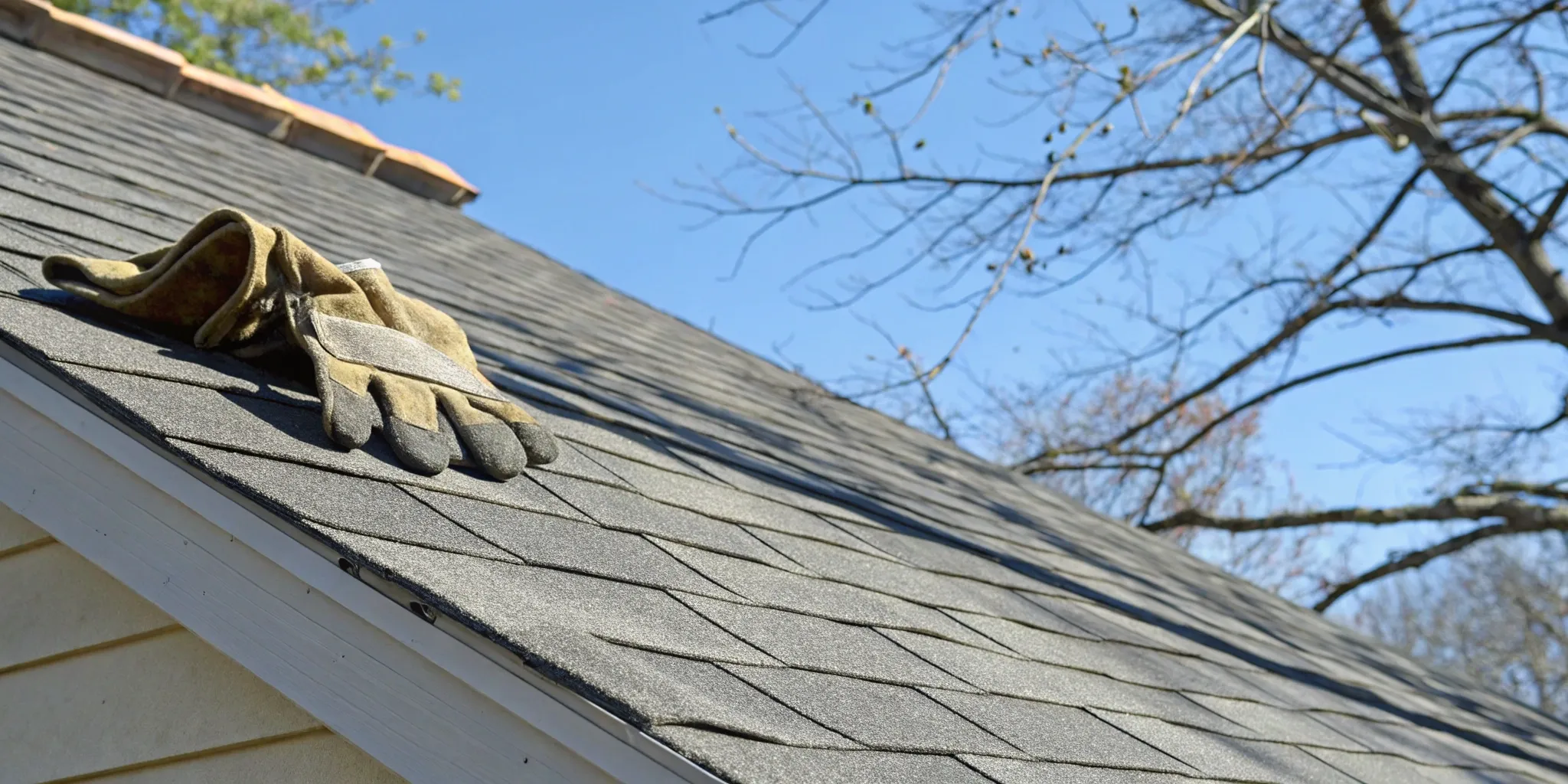
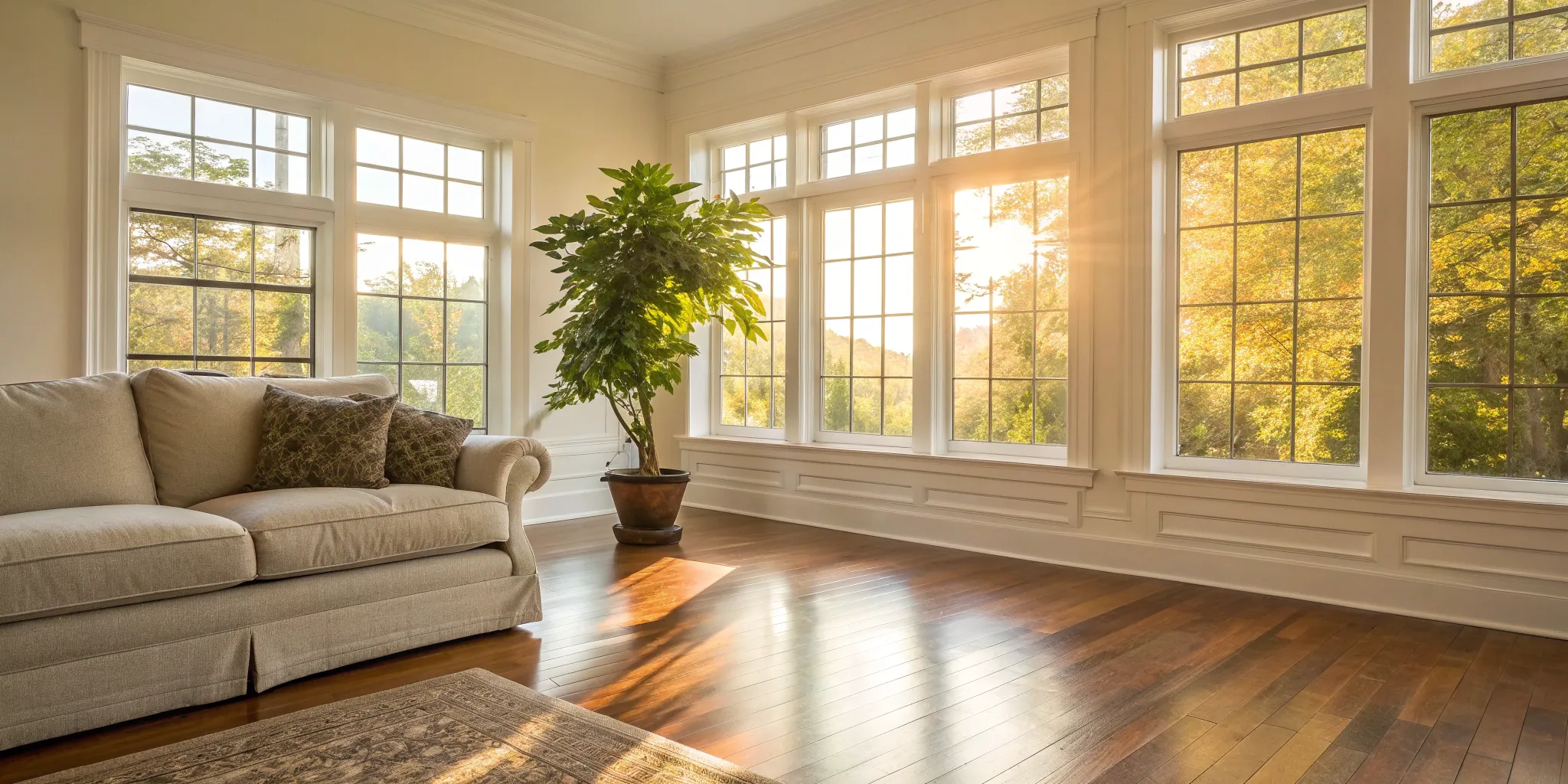

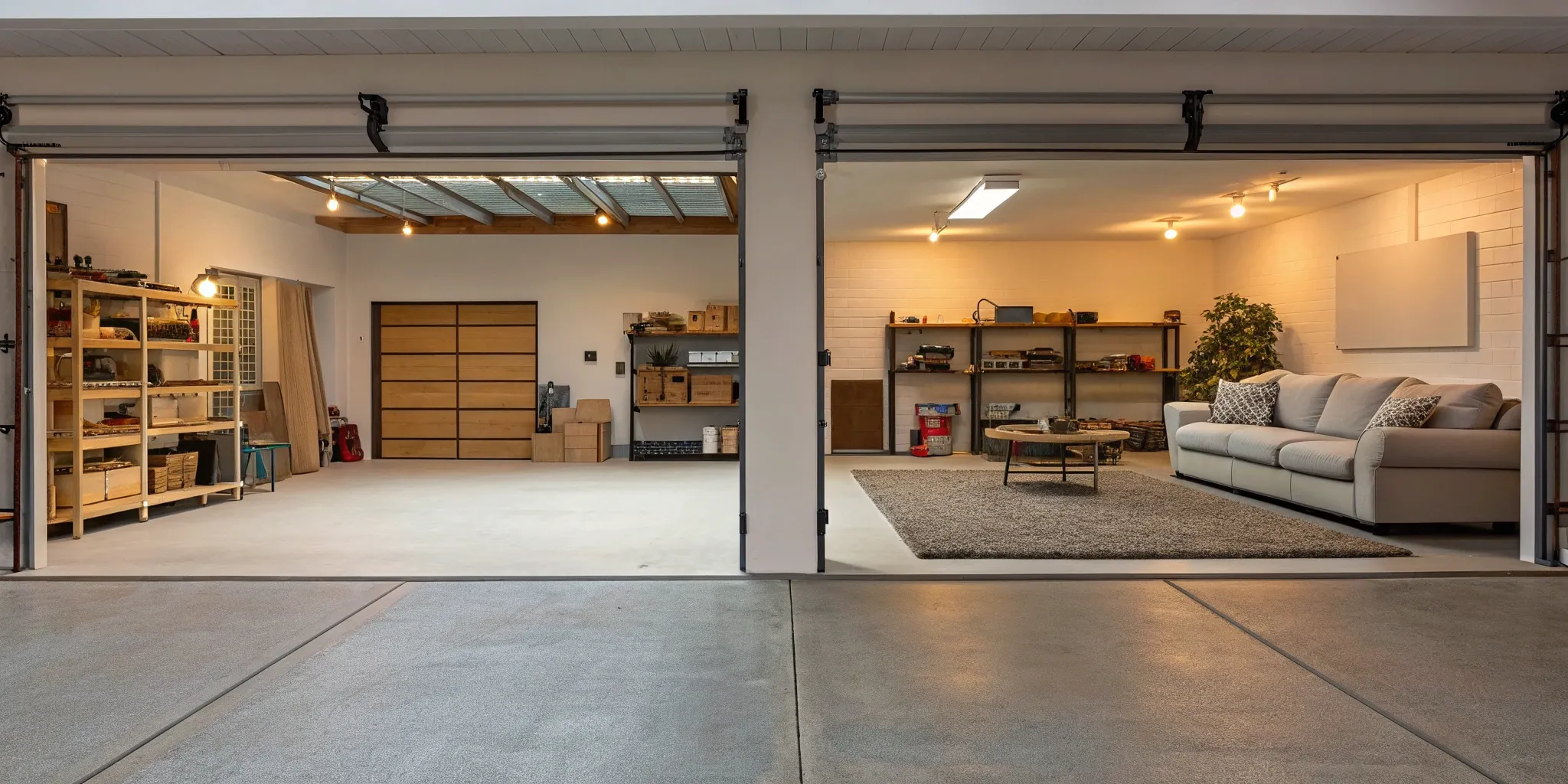
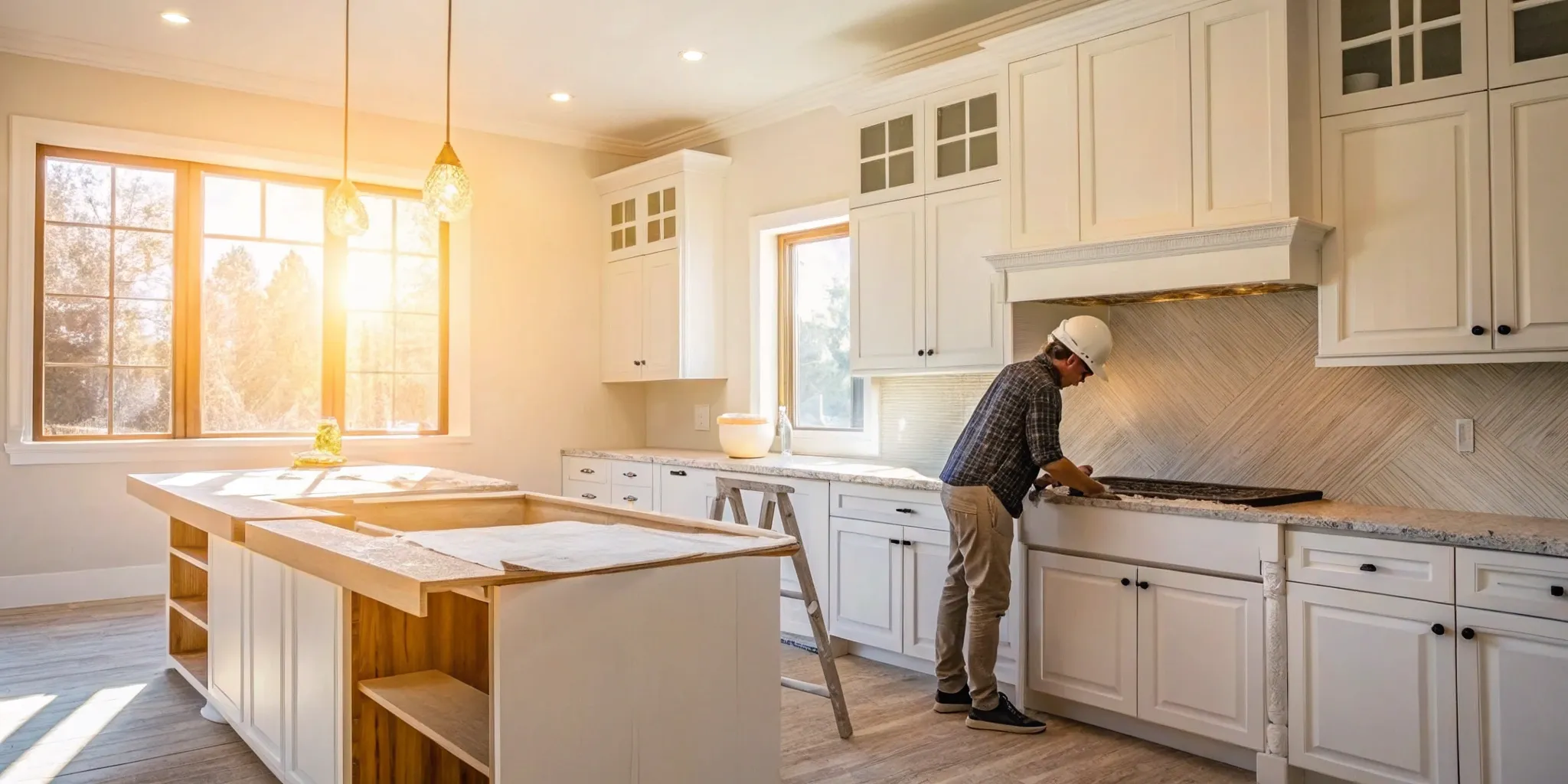
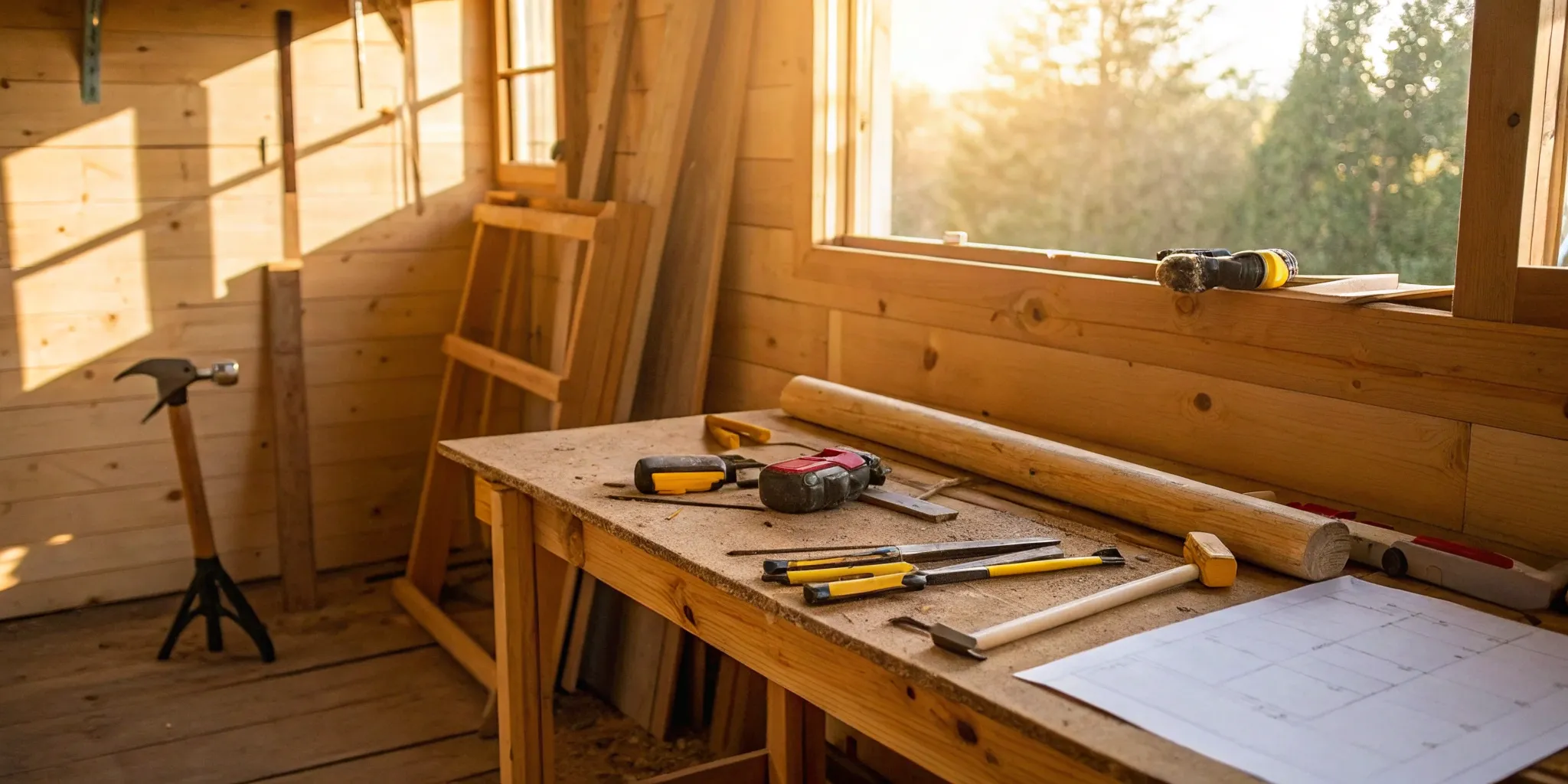

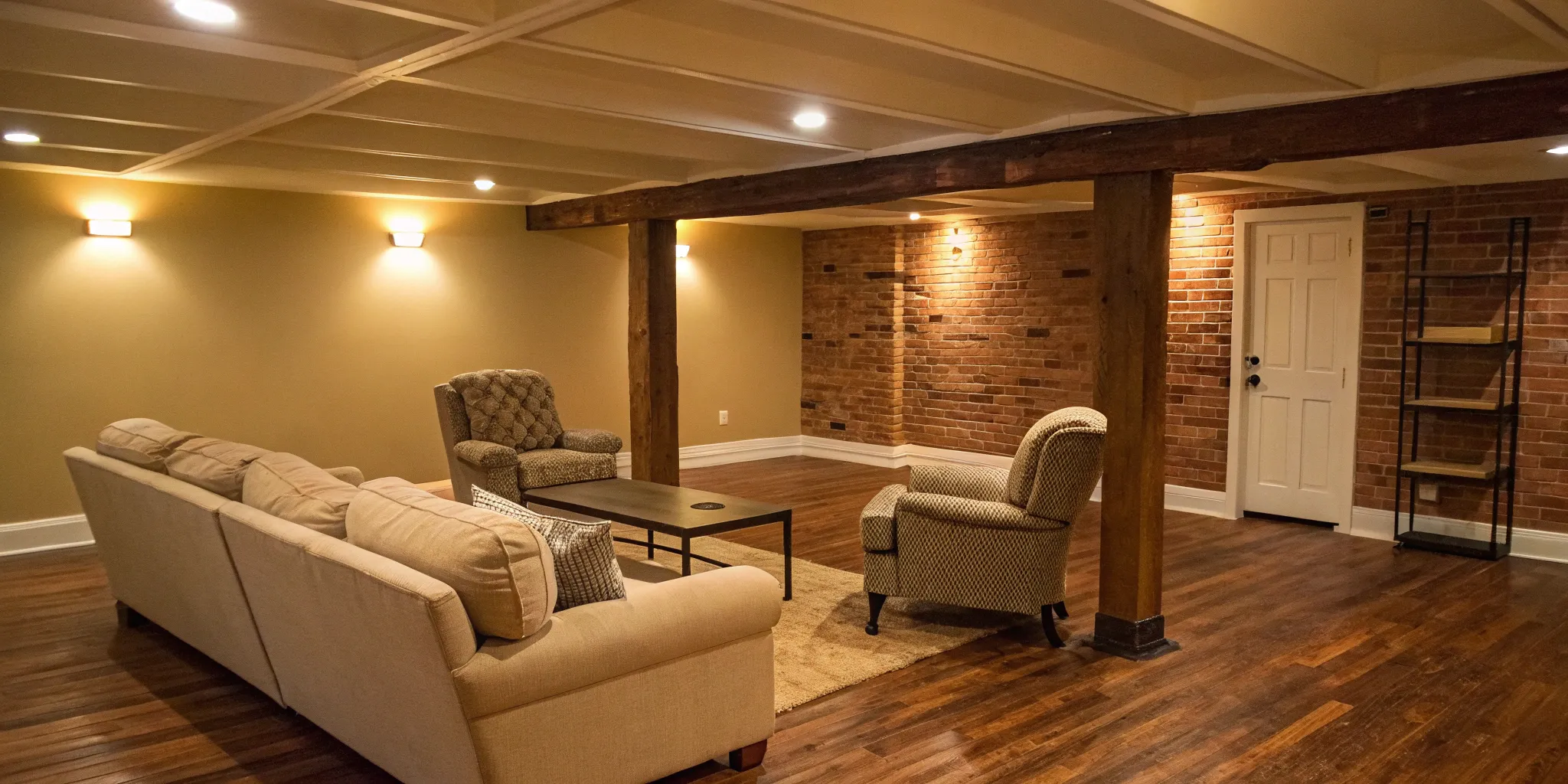

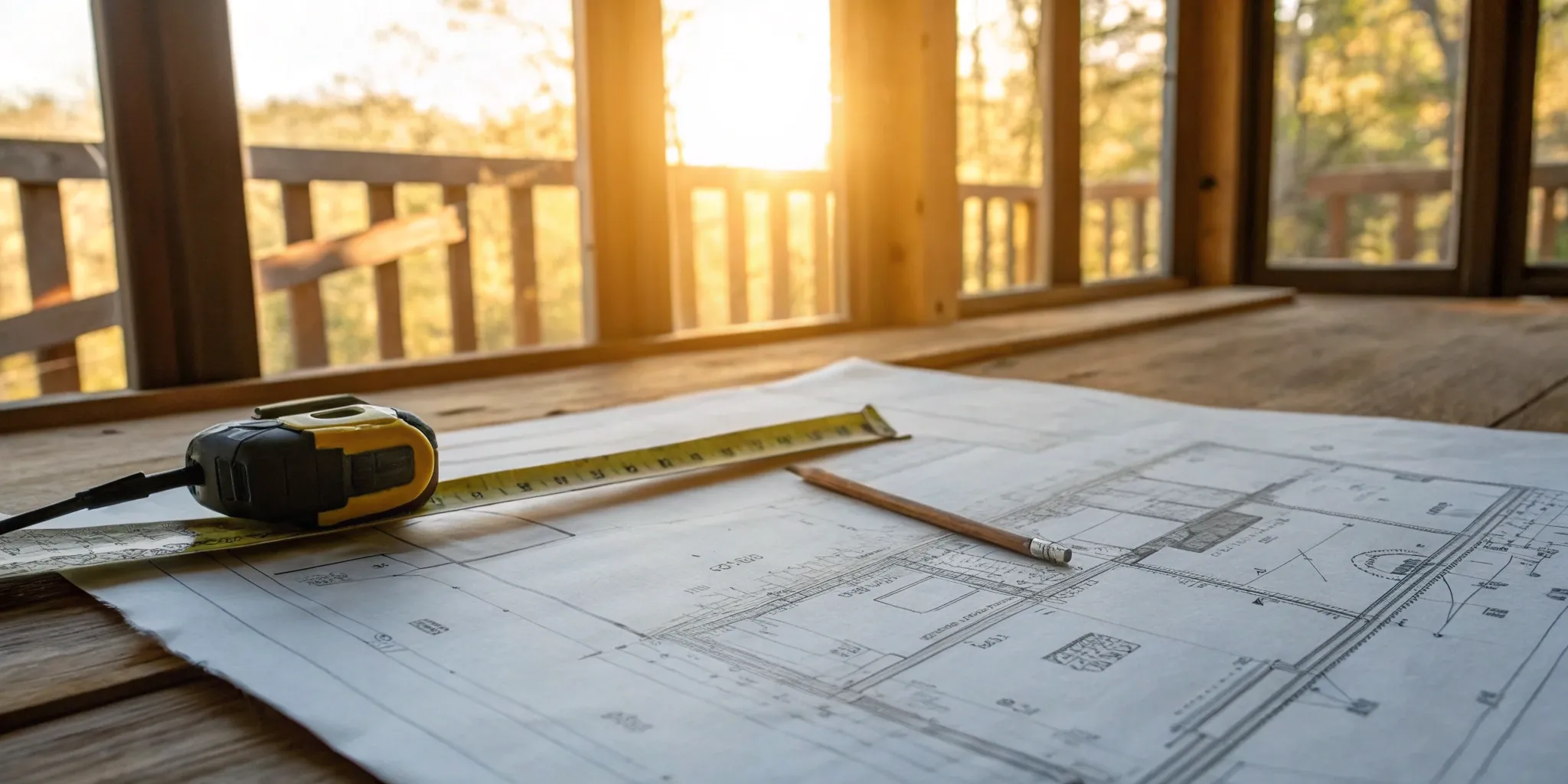
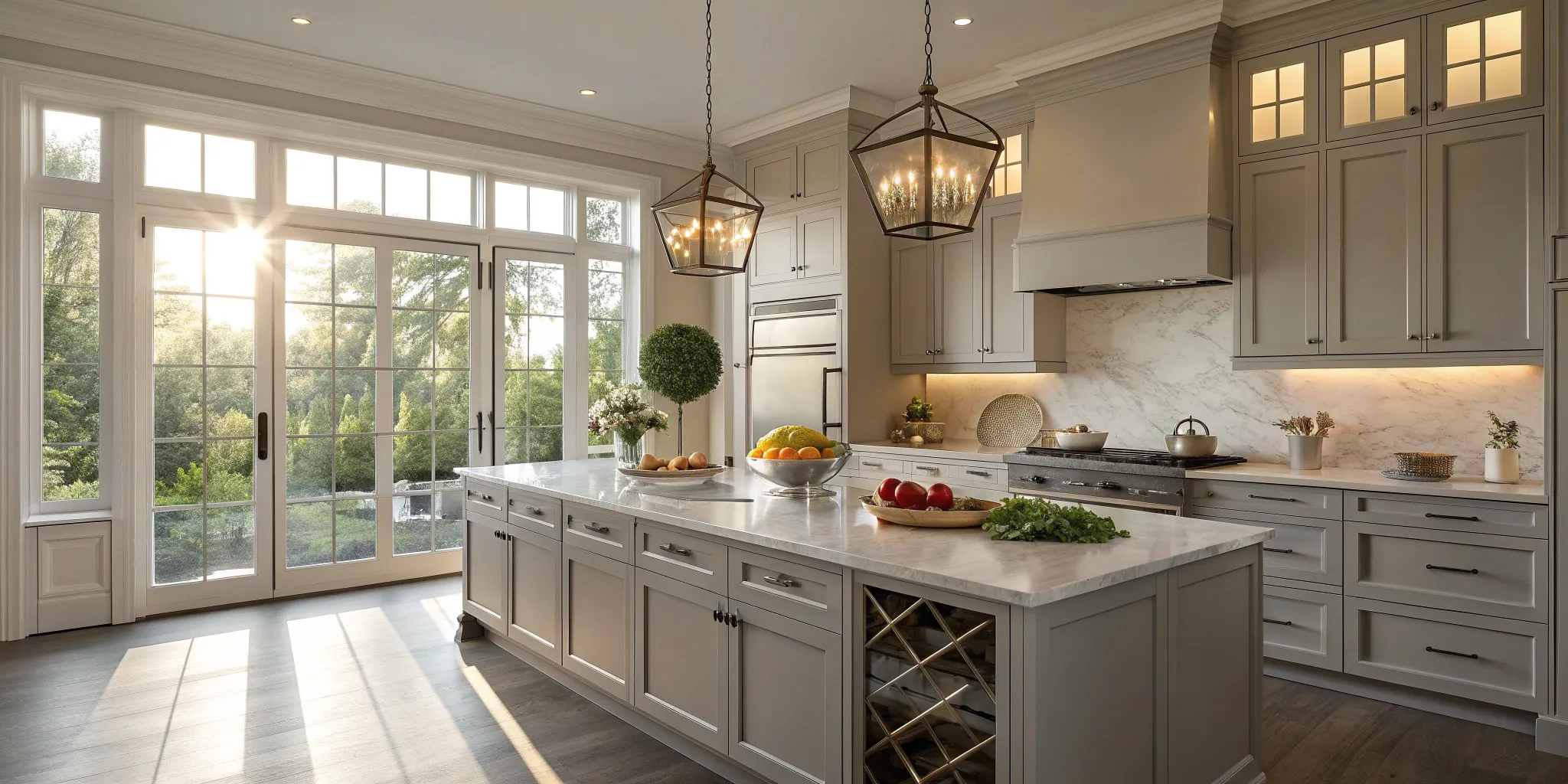


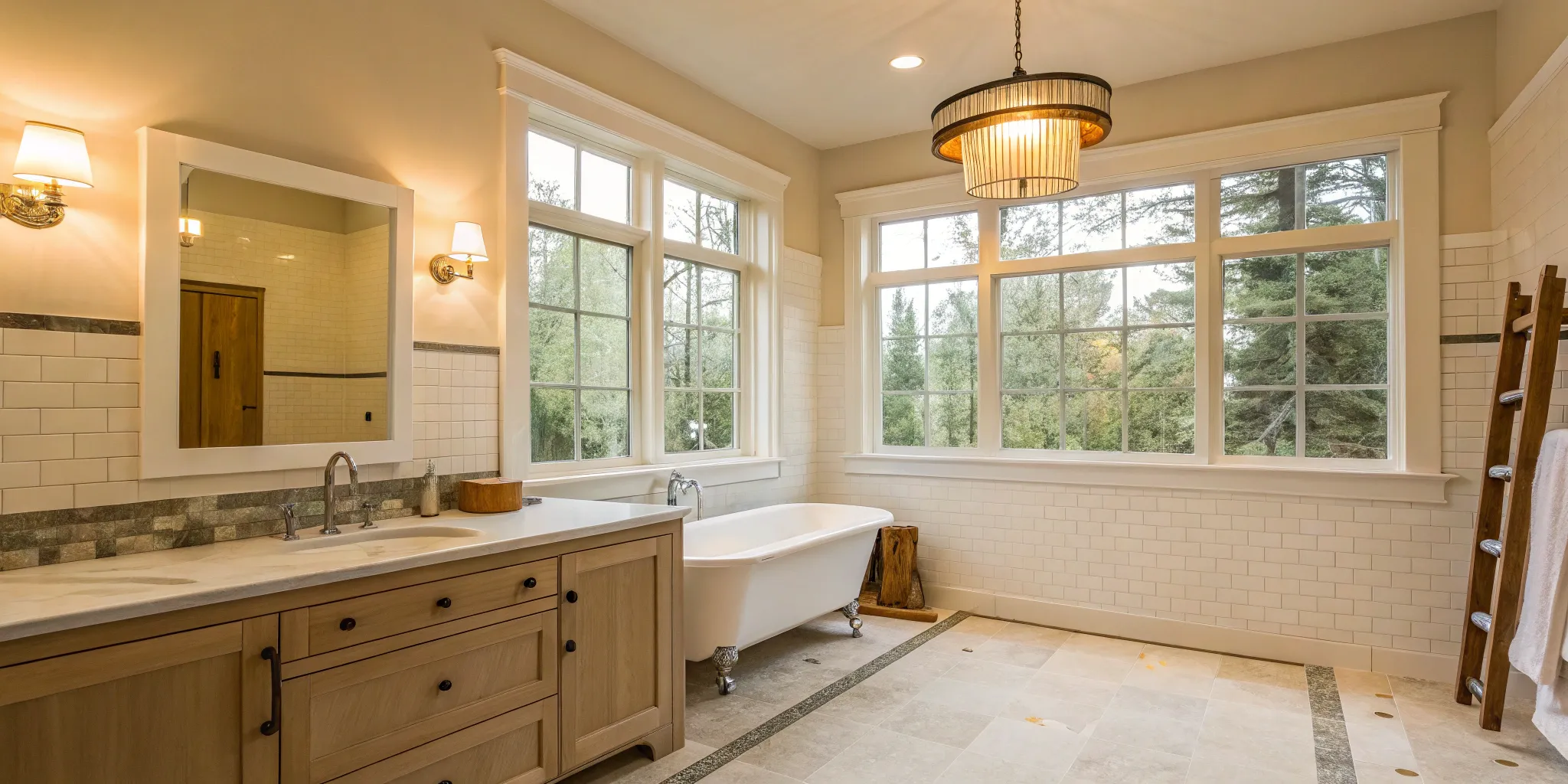
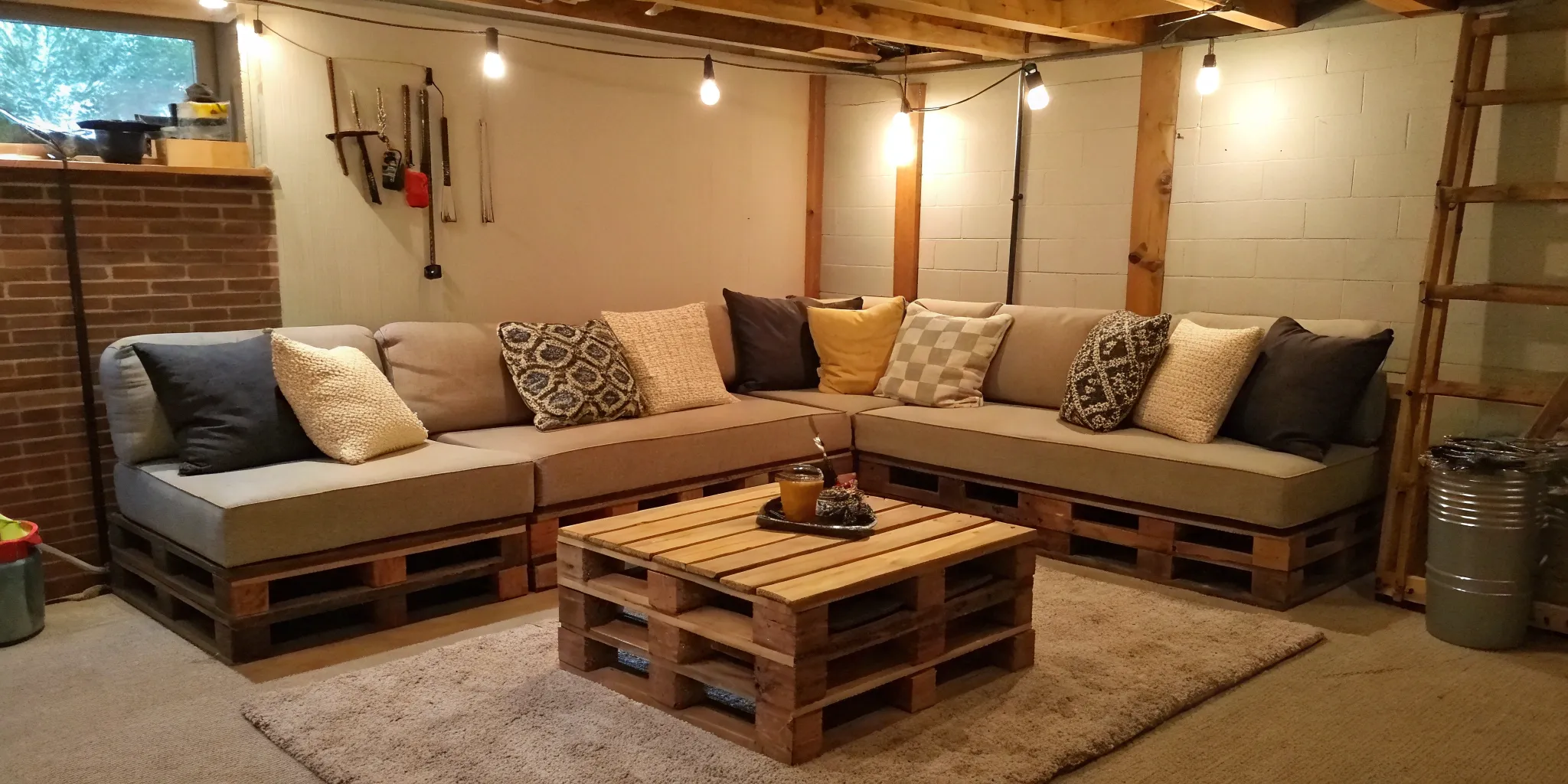
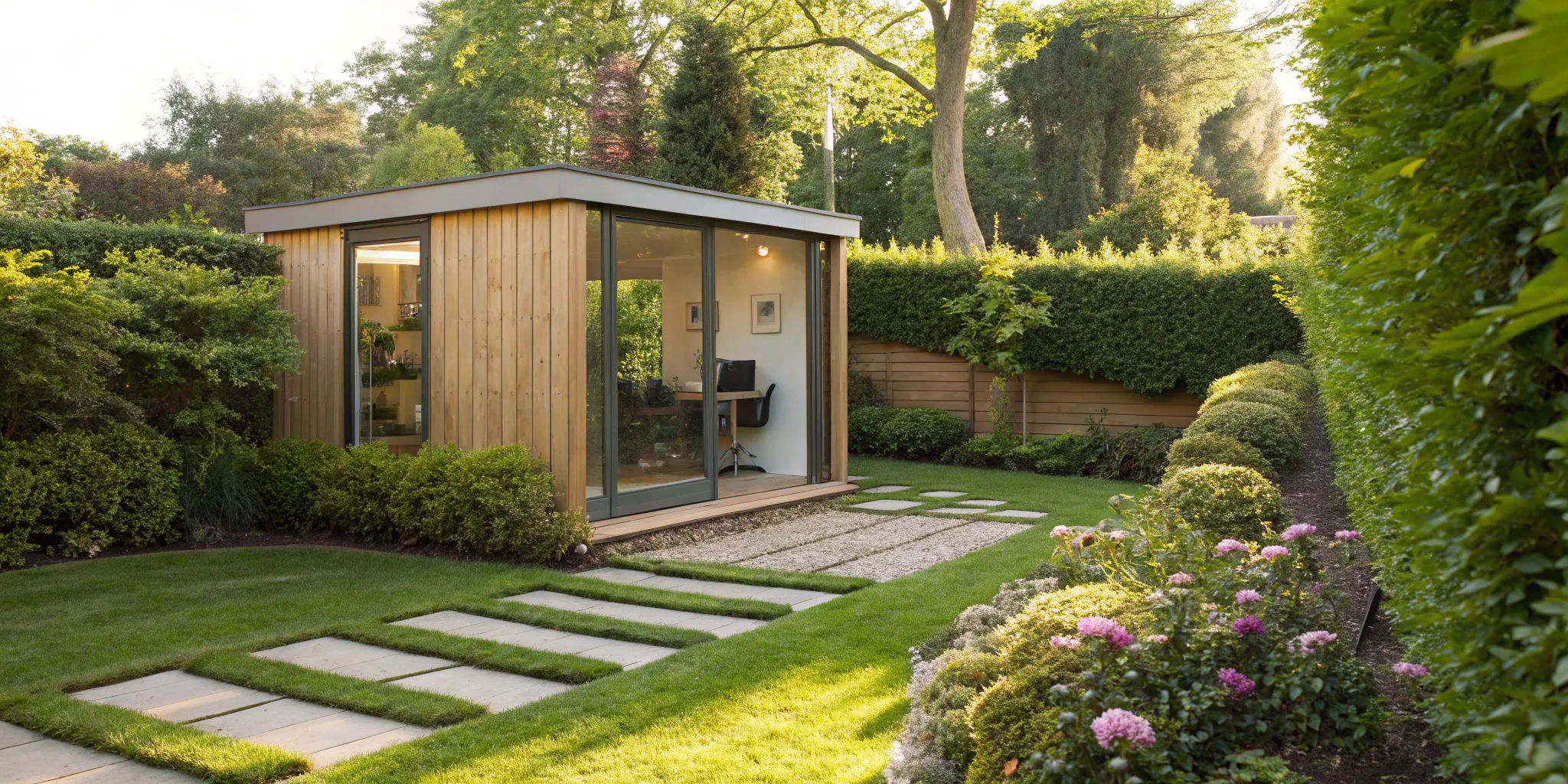
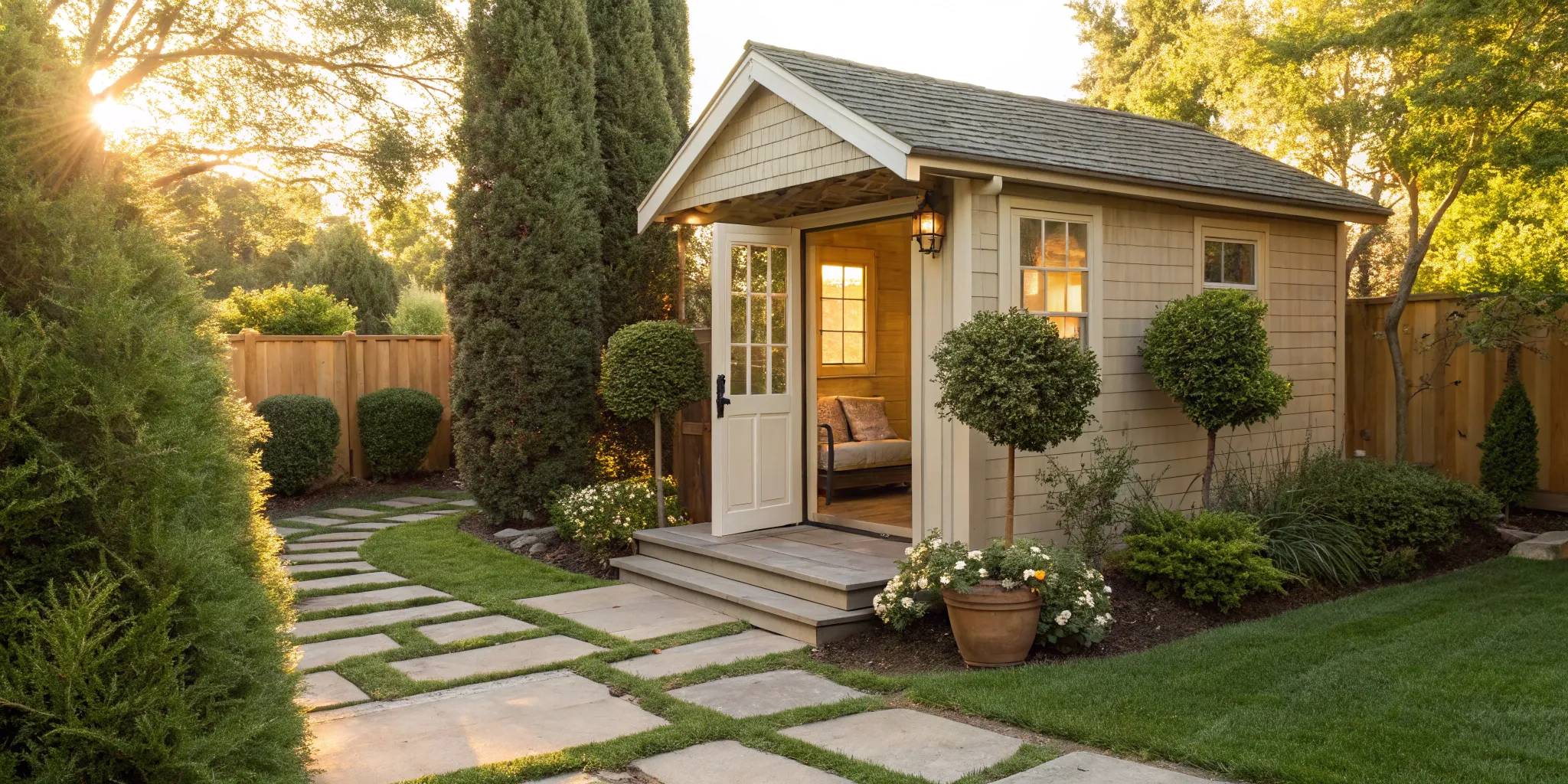
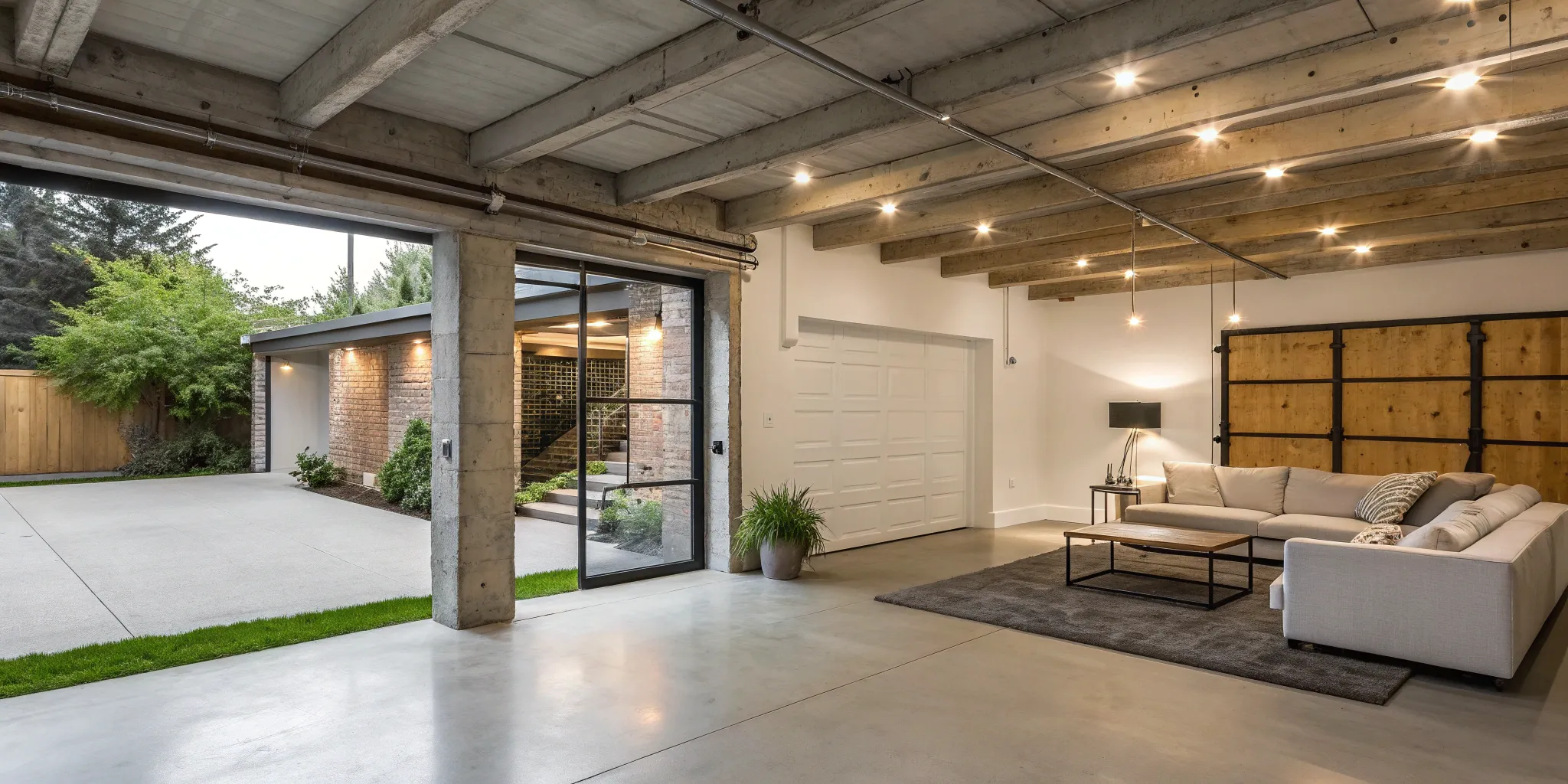

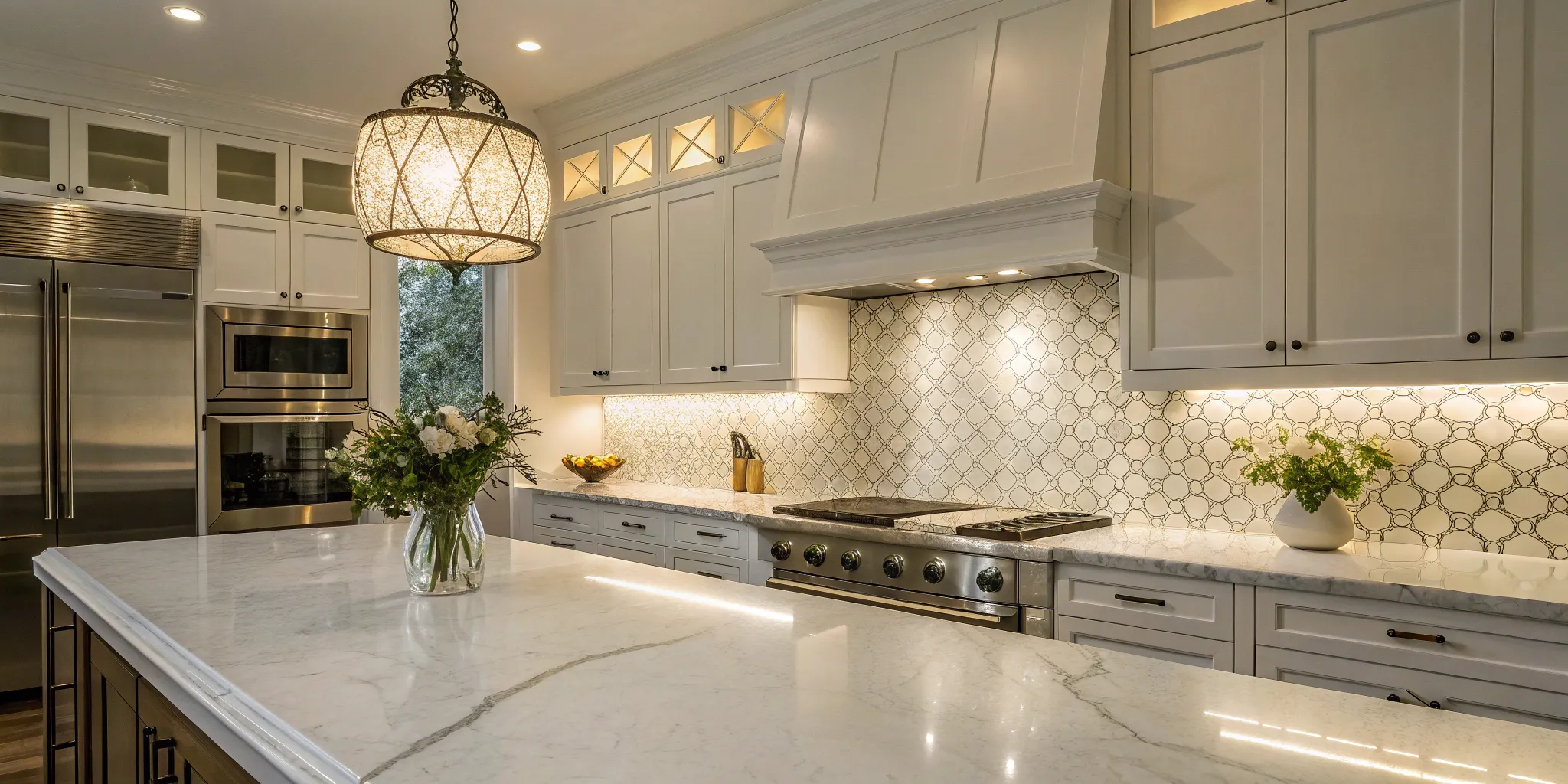
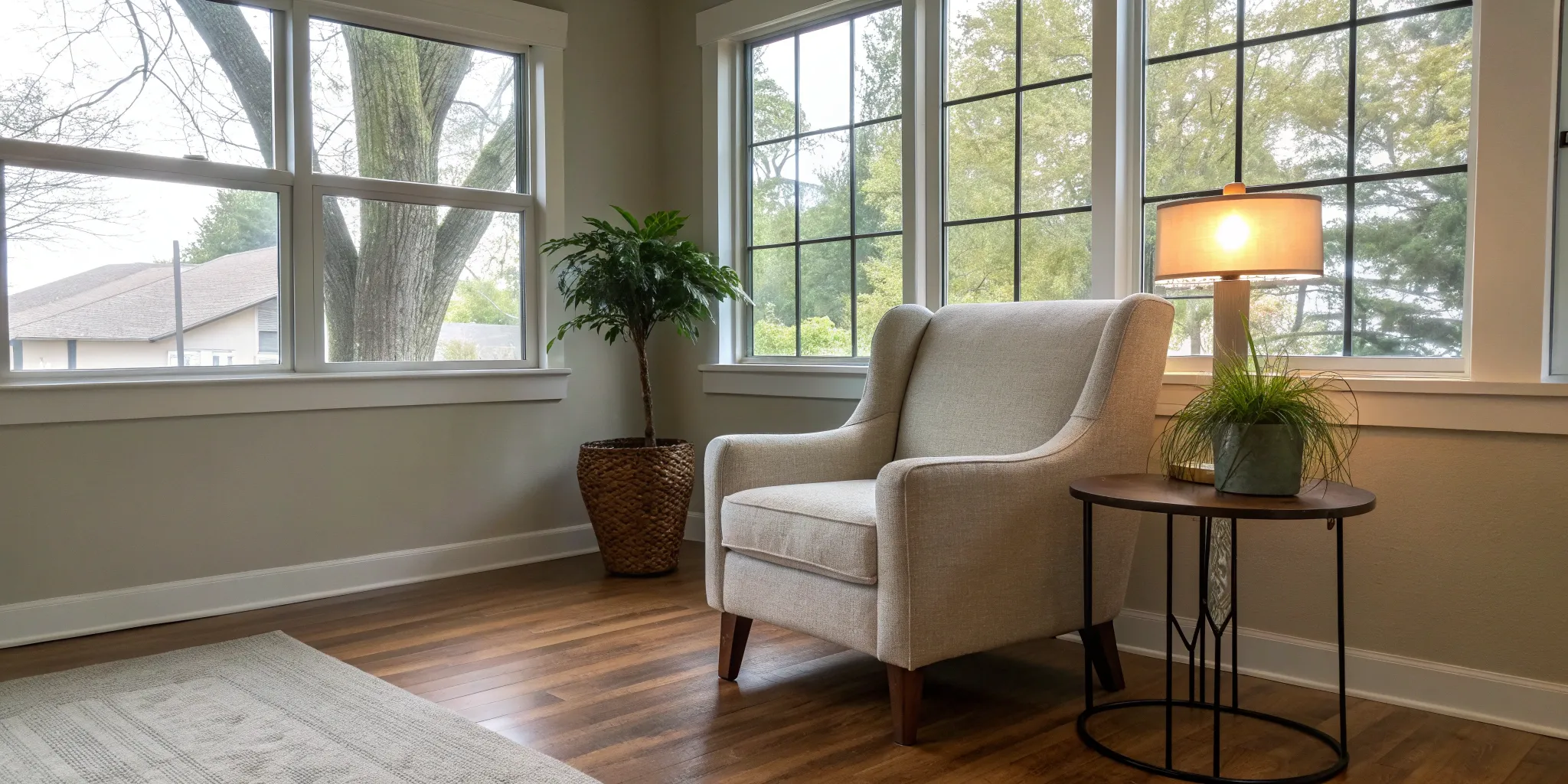
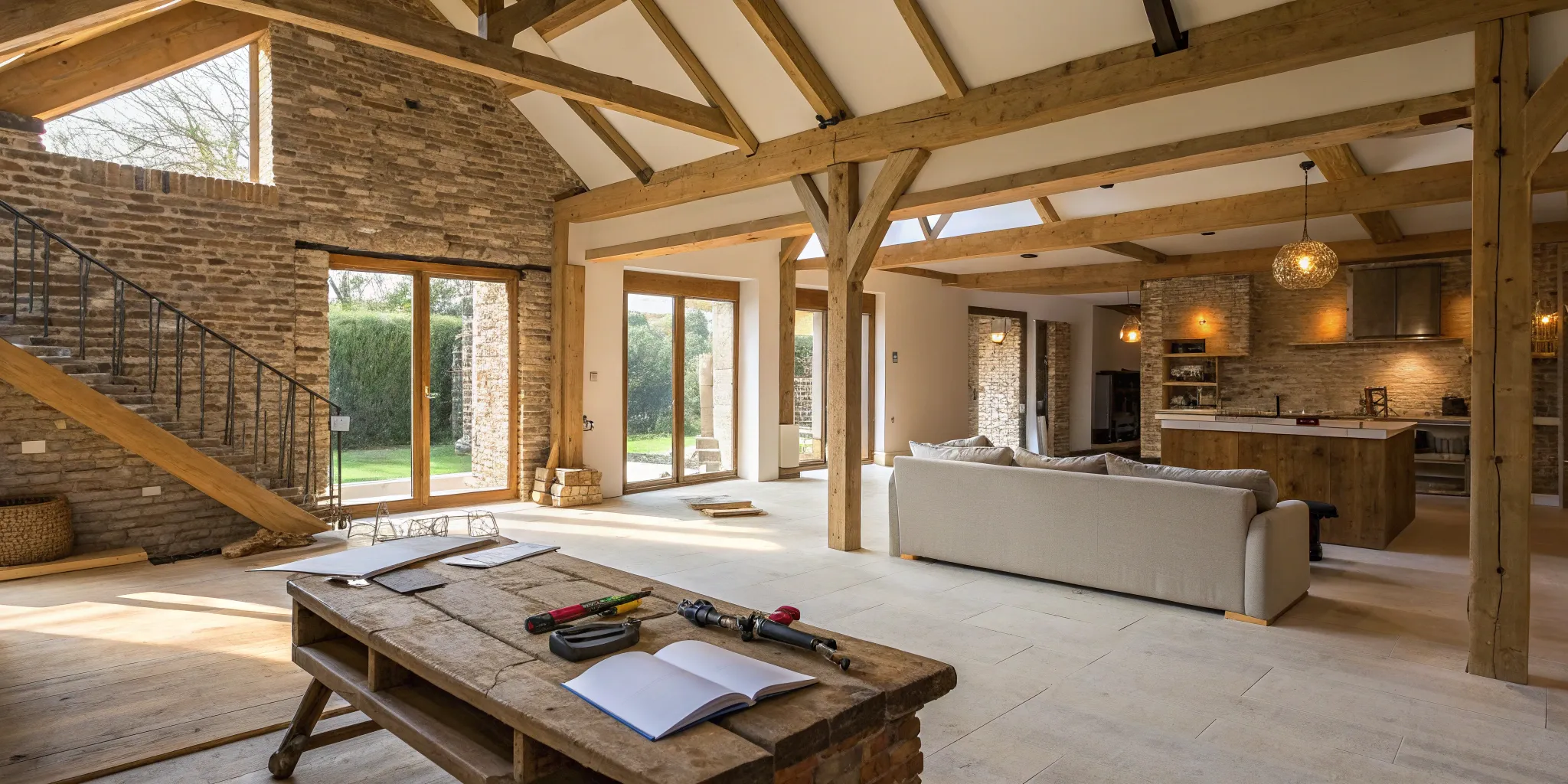
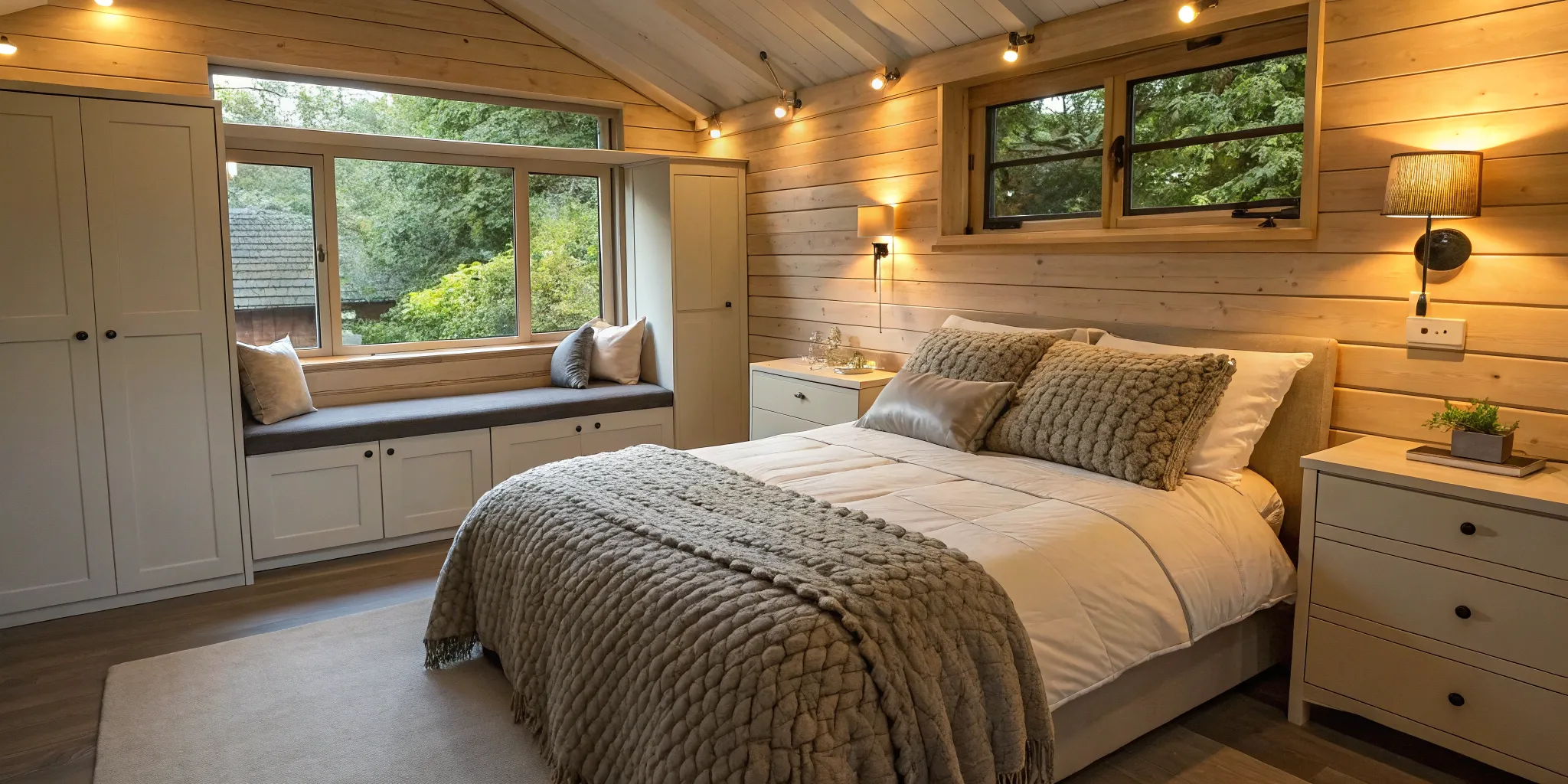

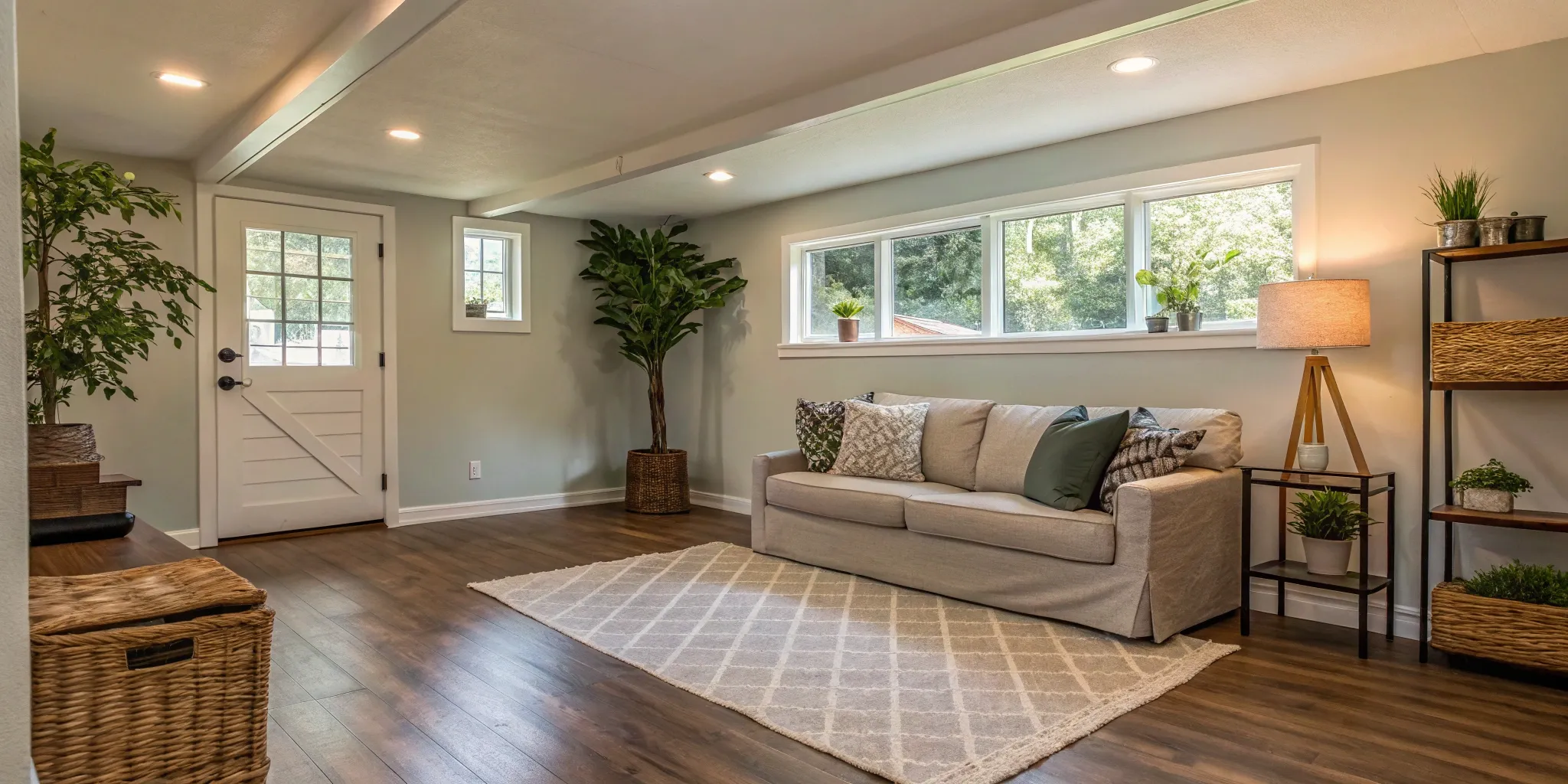
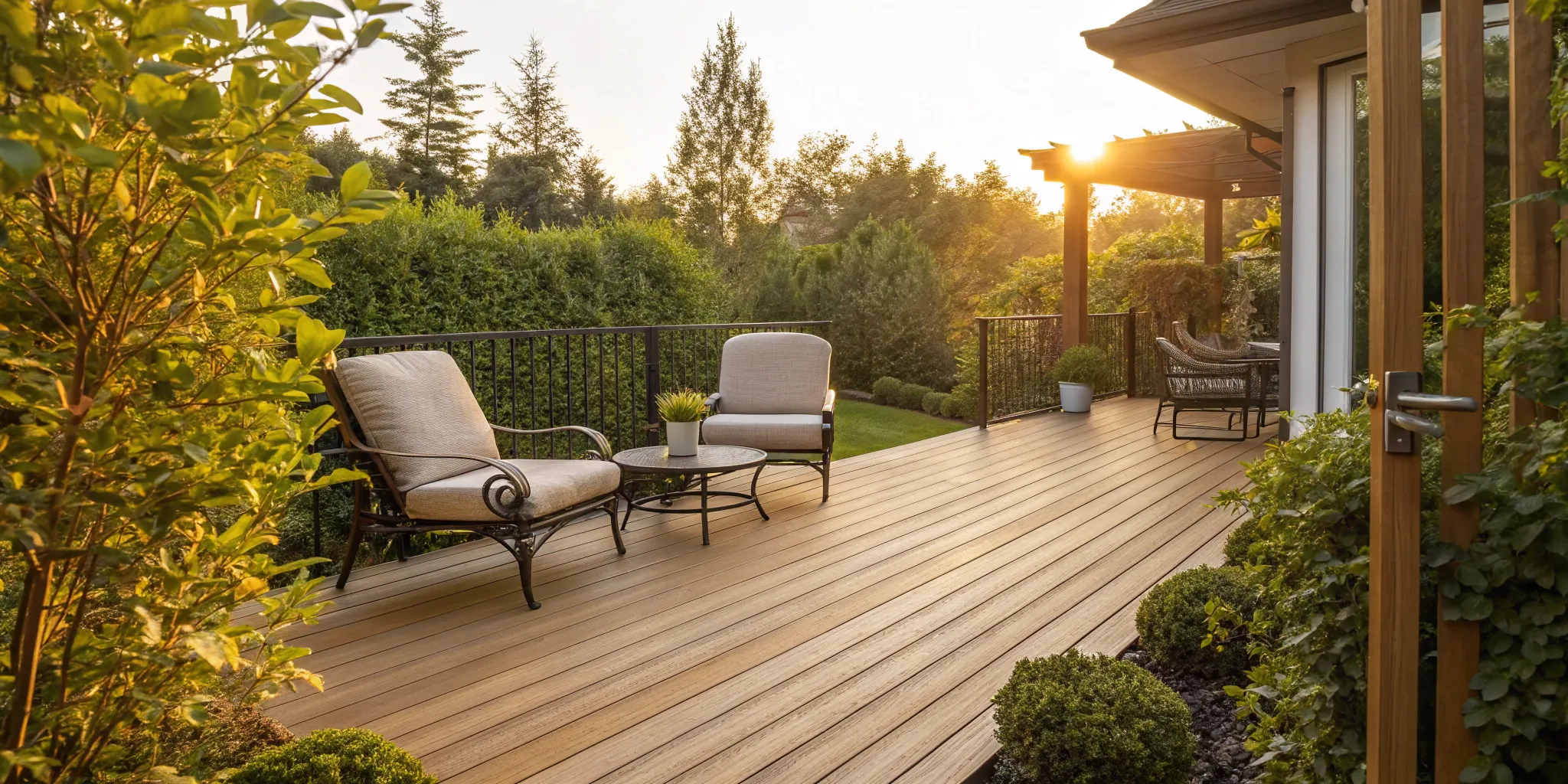
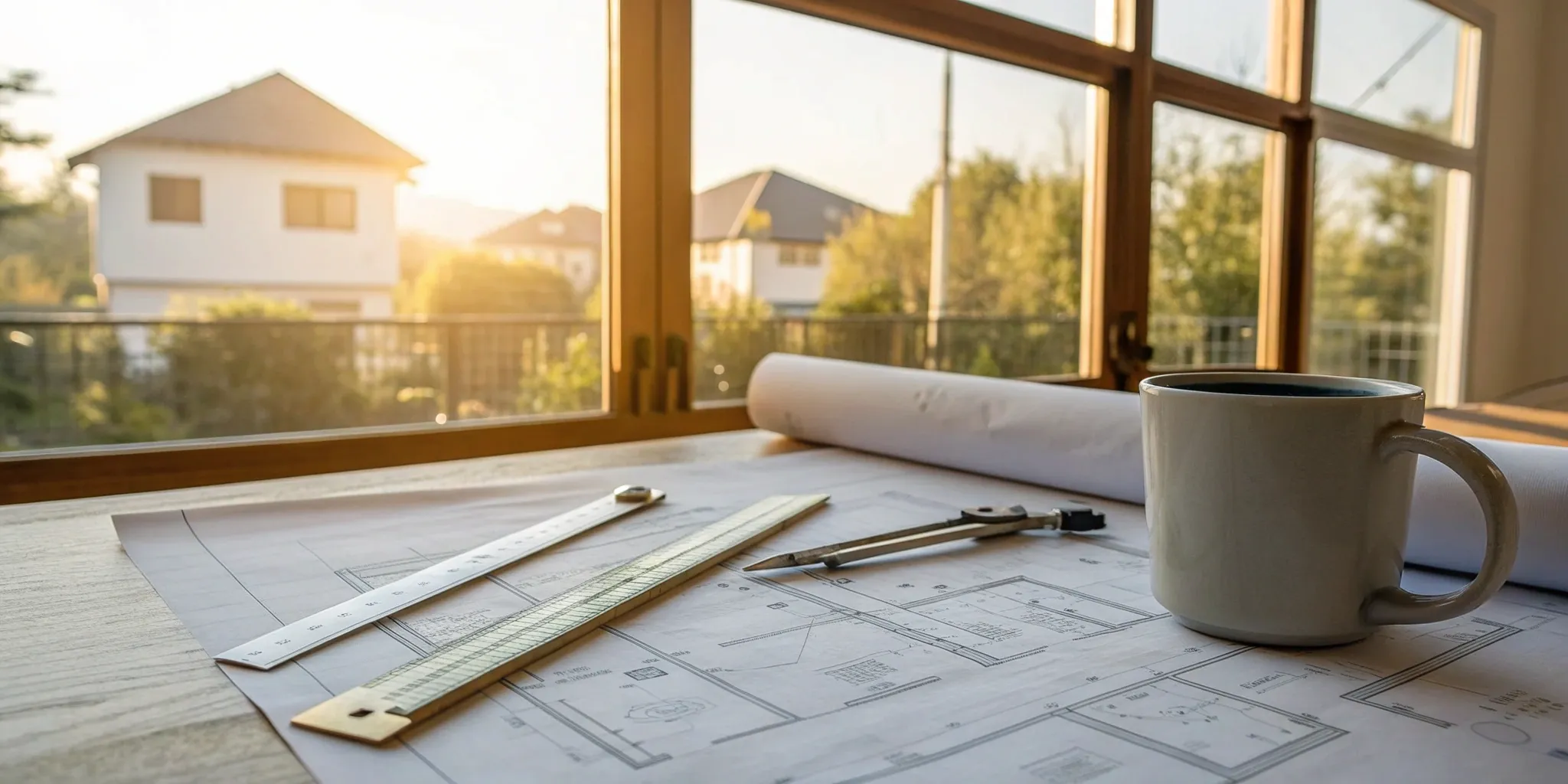


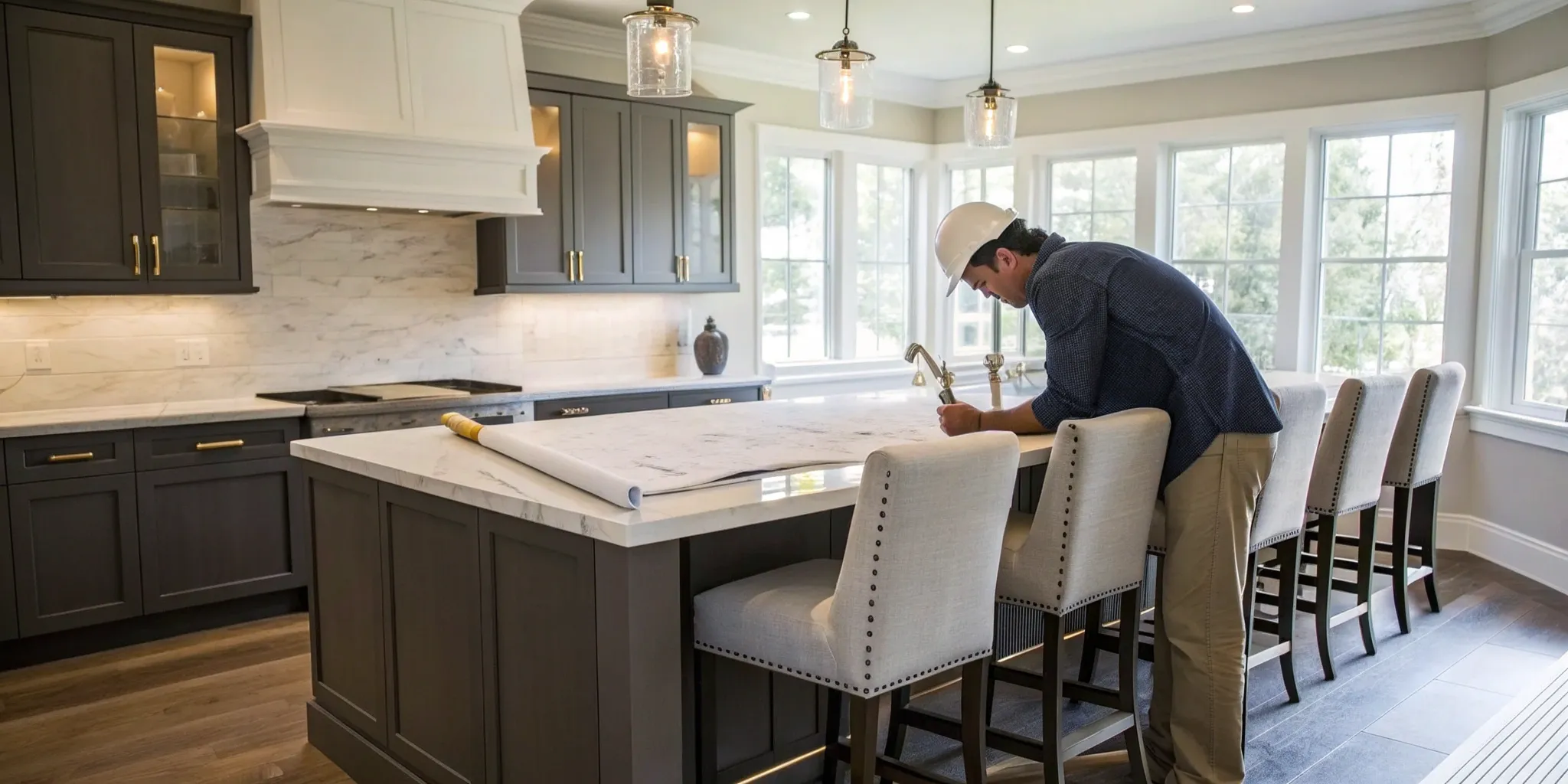
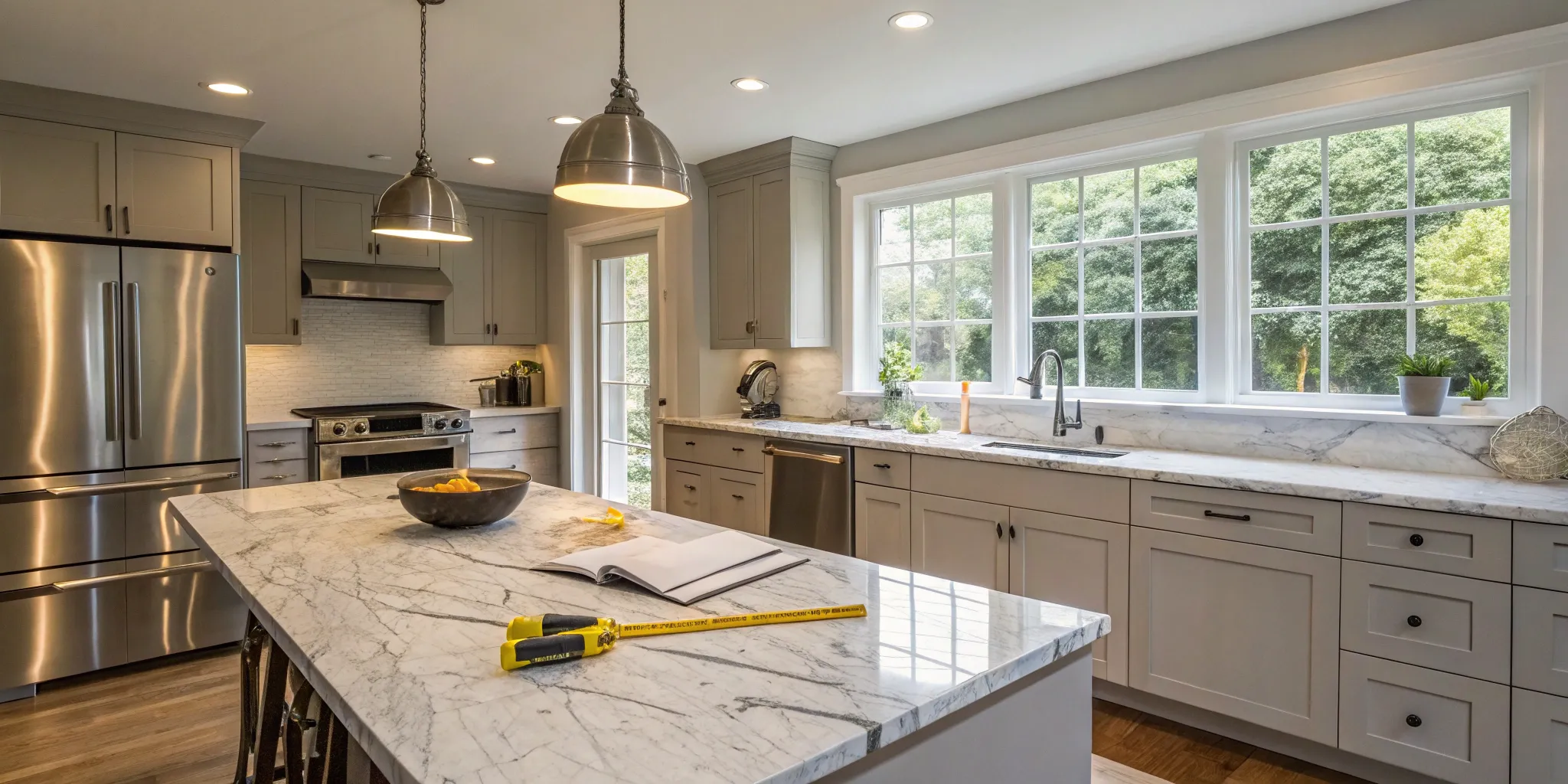



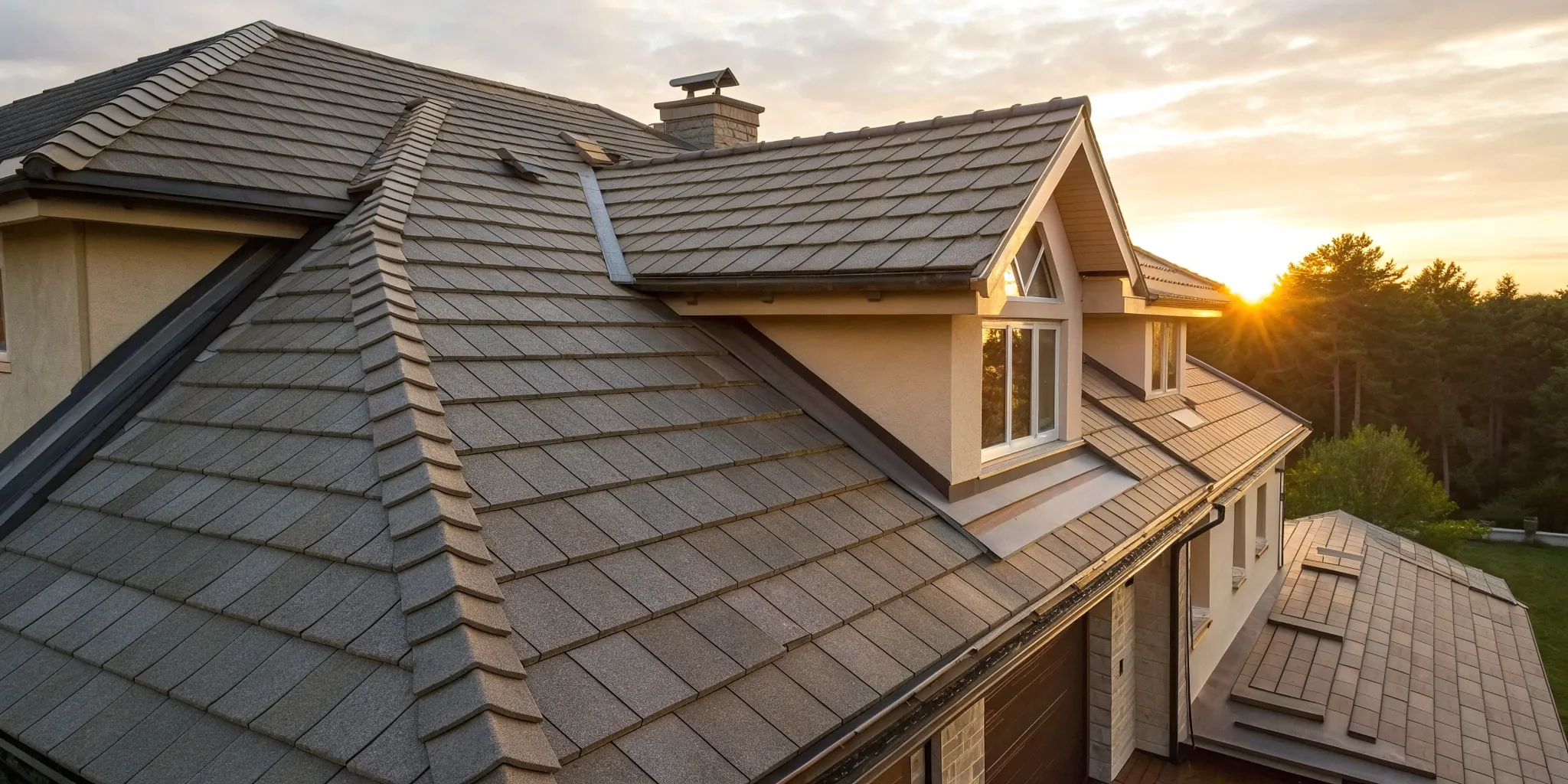
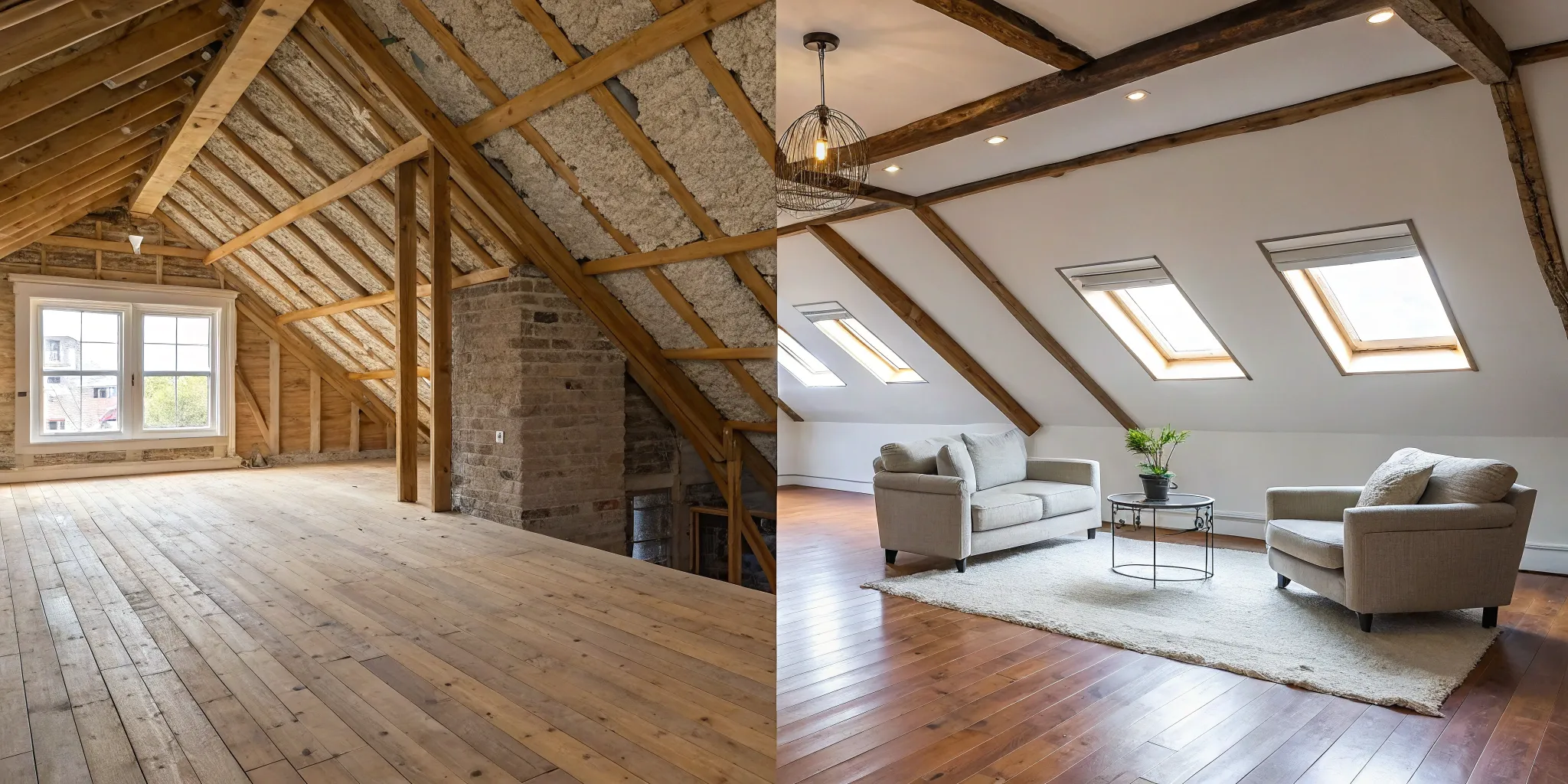

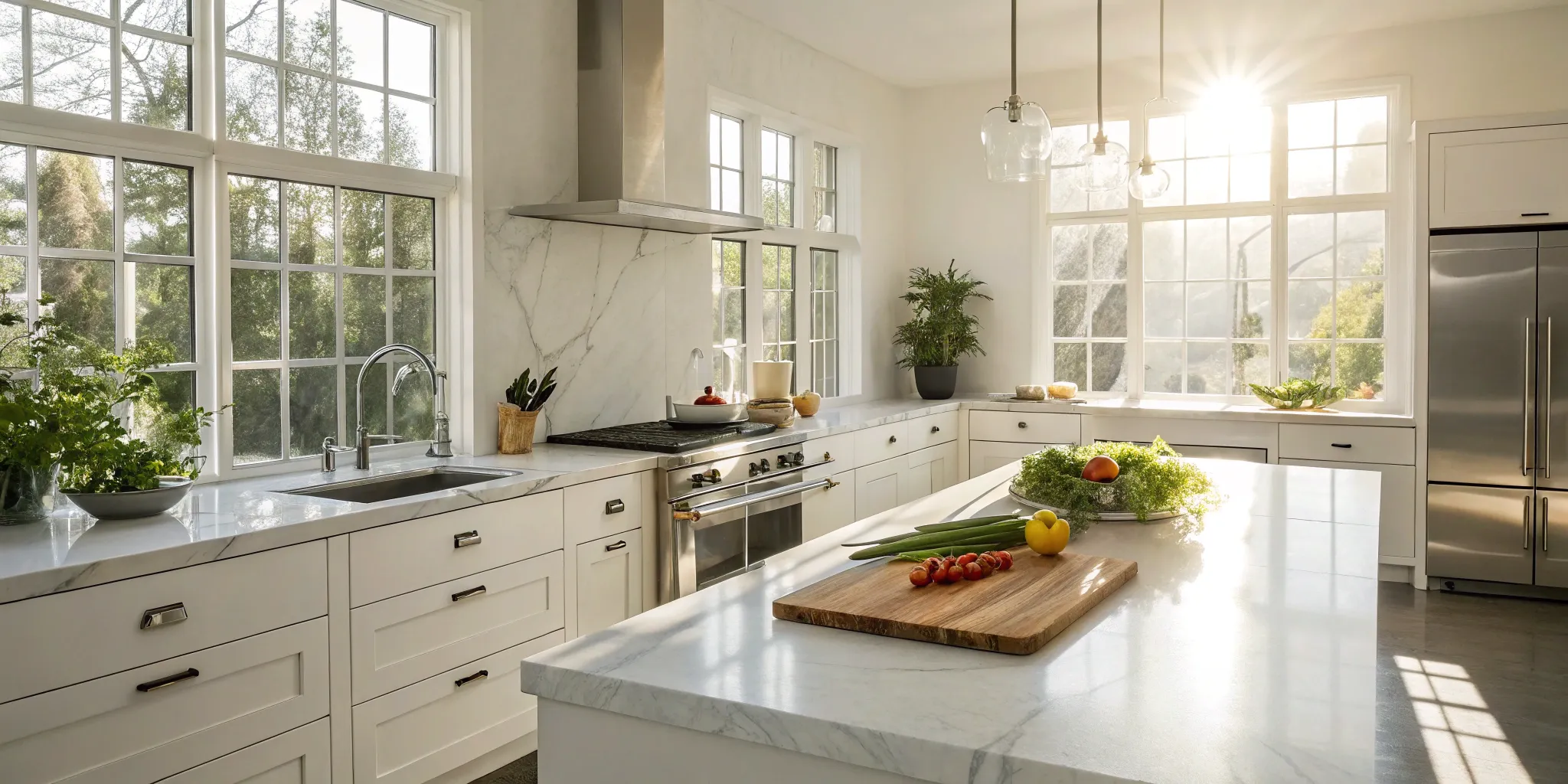


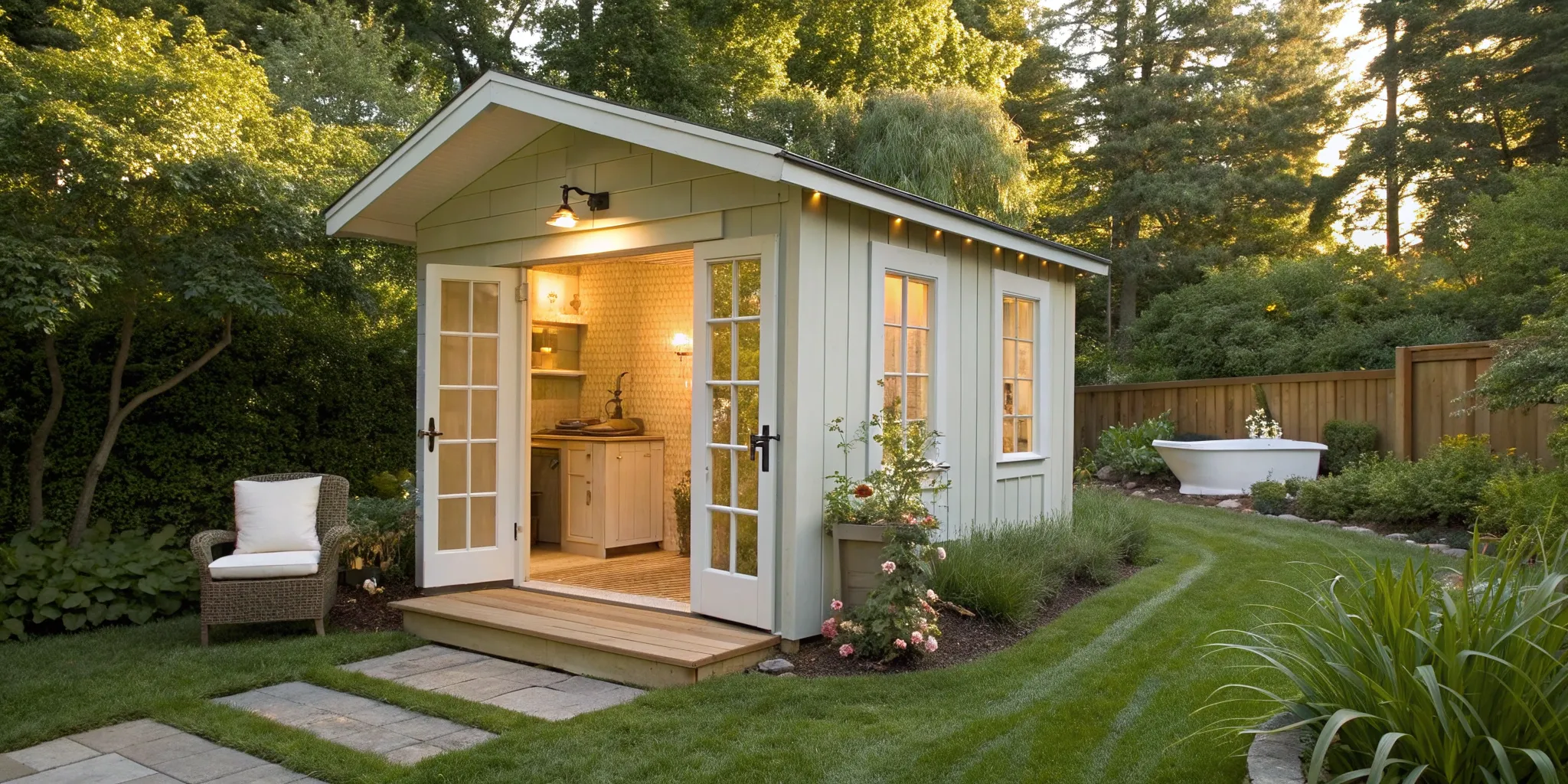
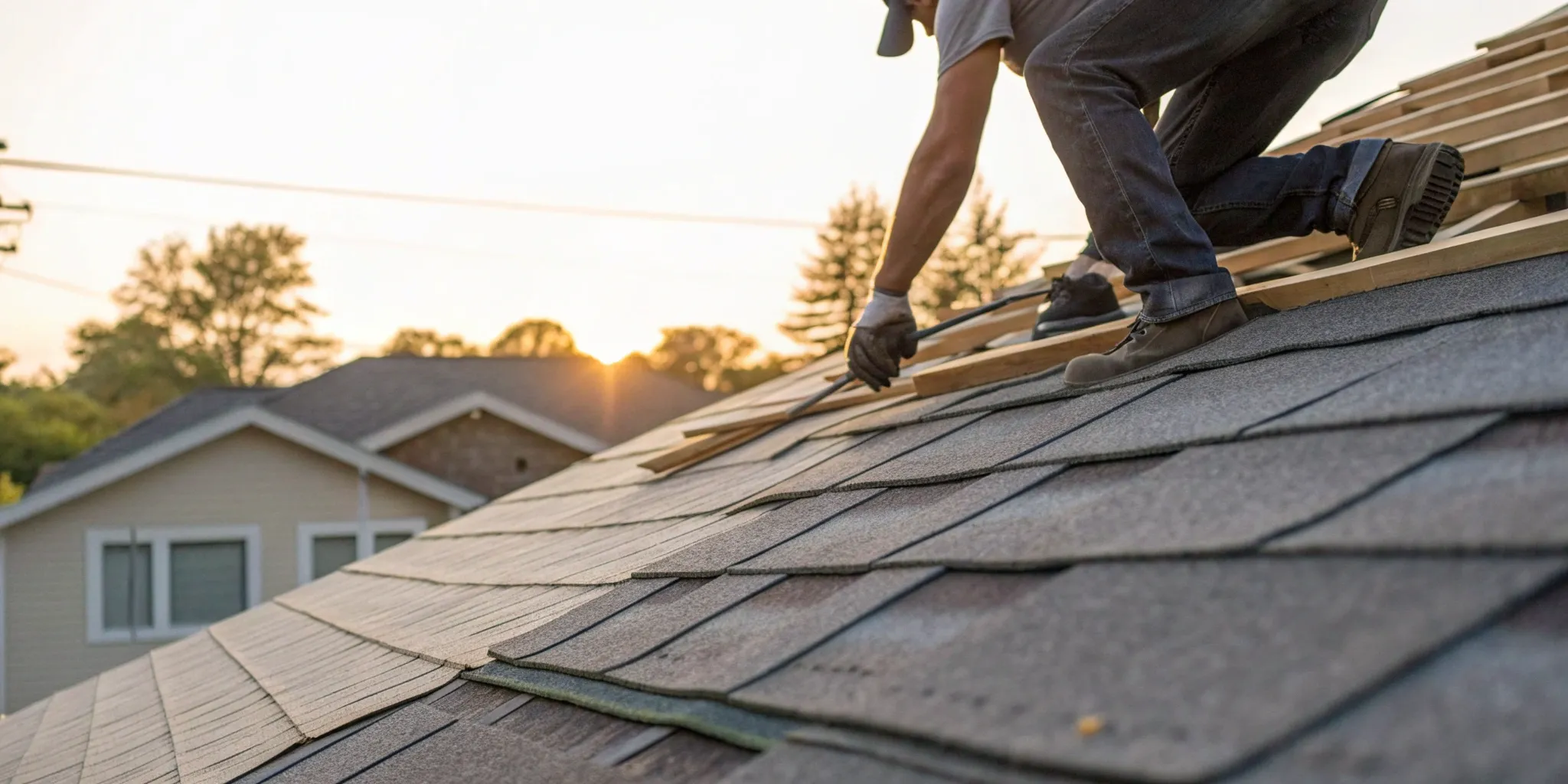

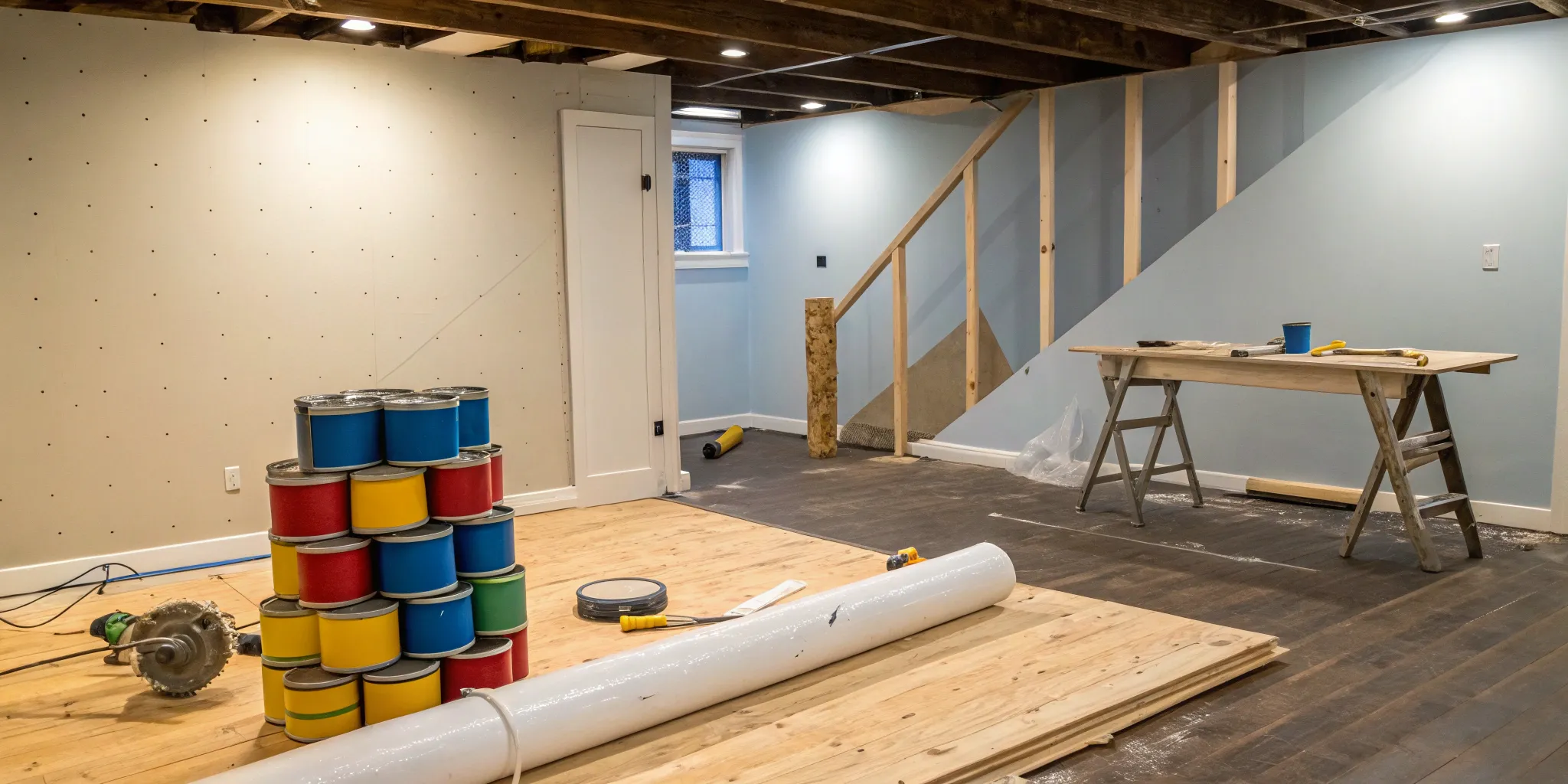


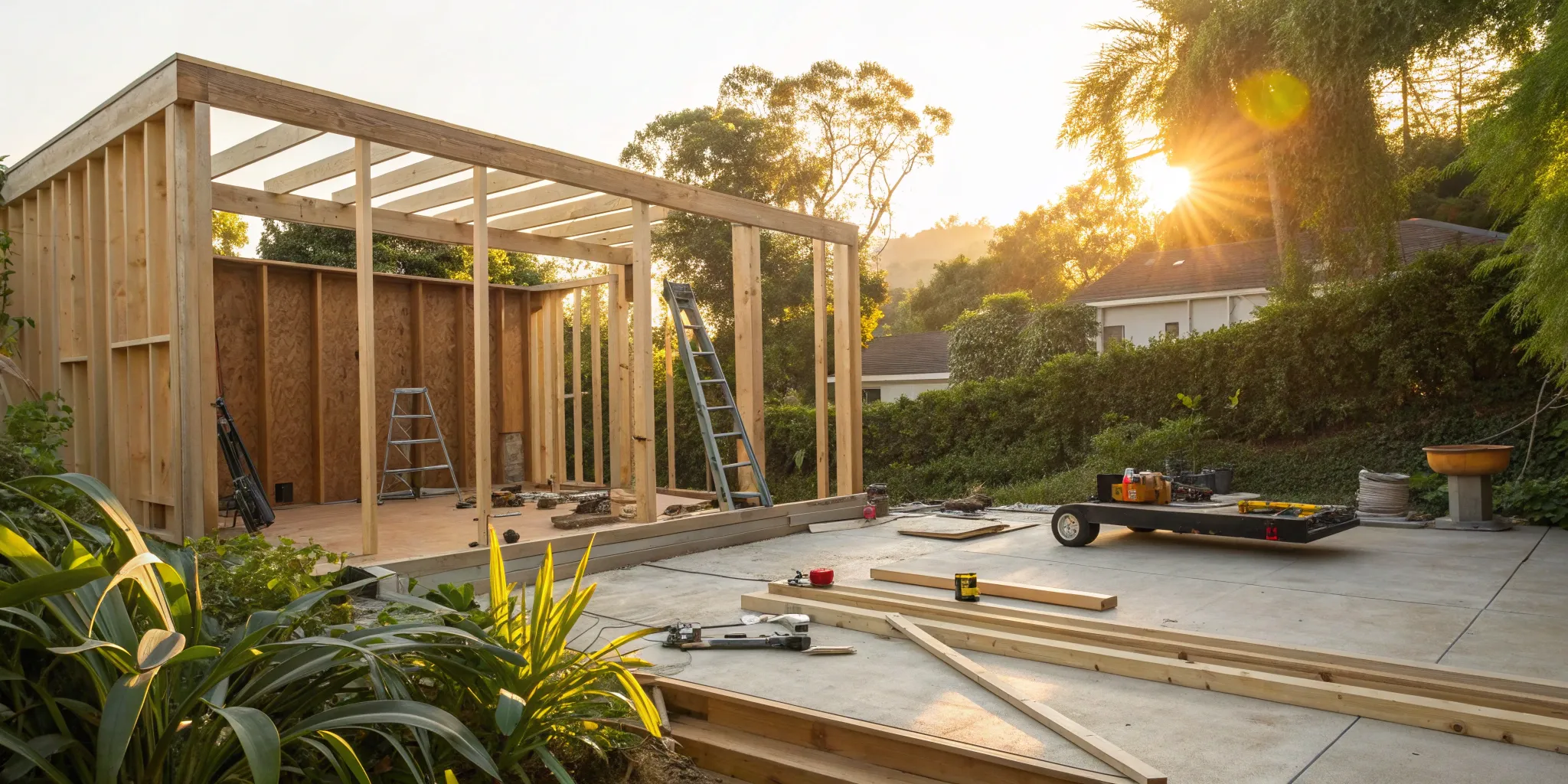
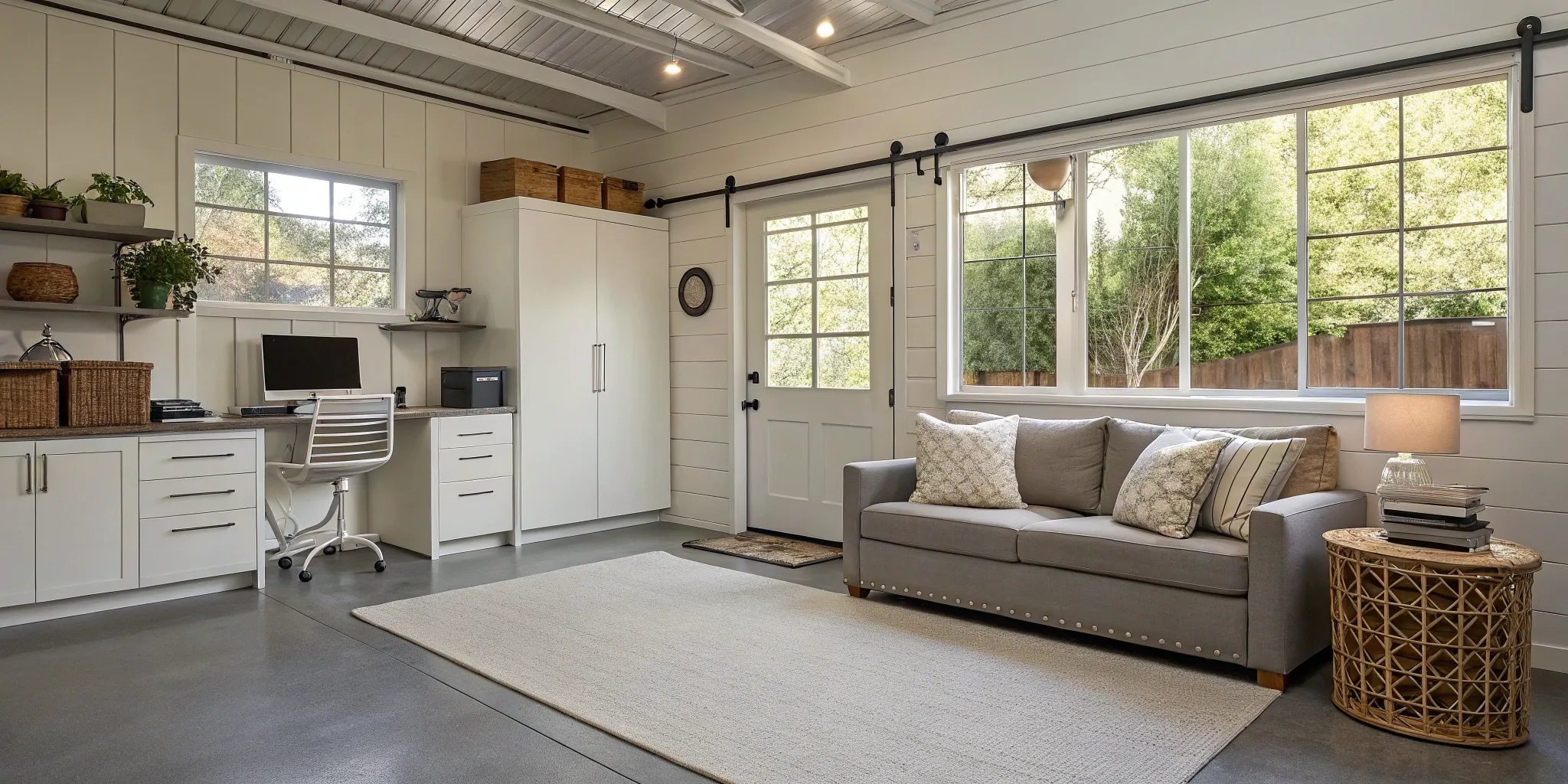
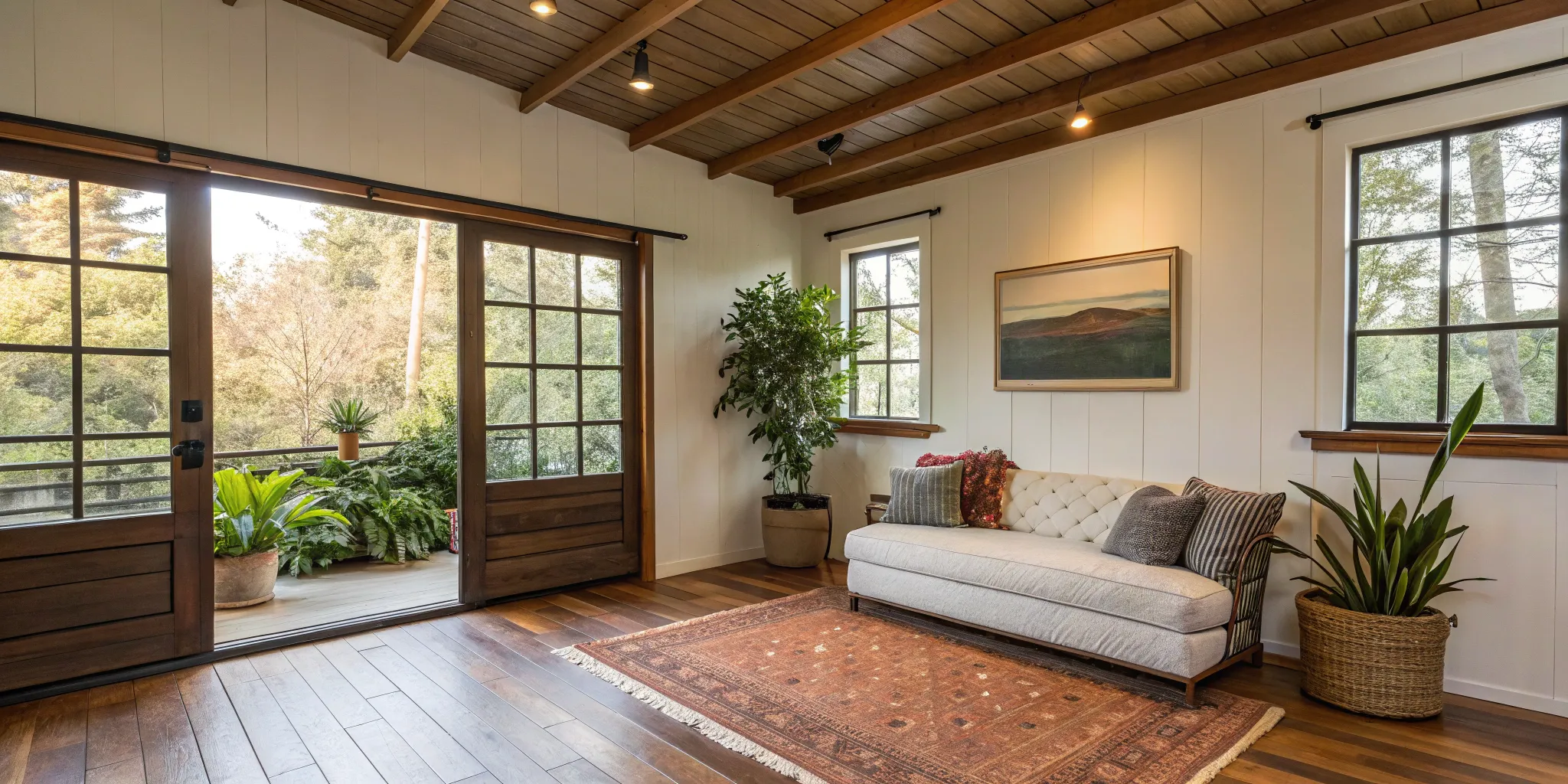
.png)
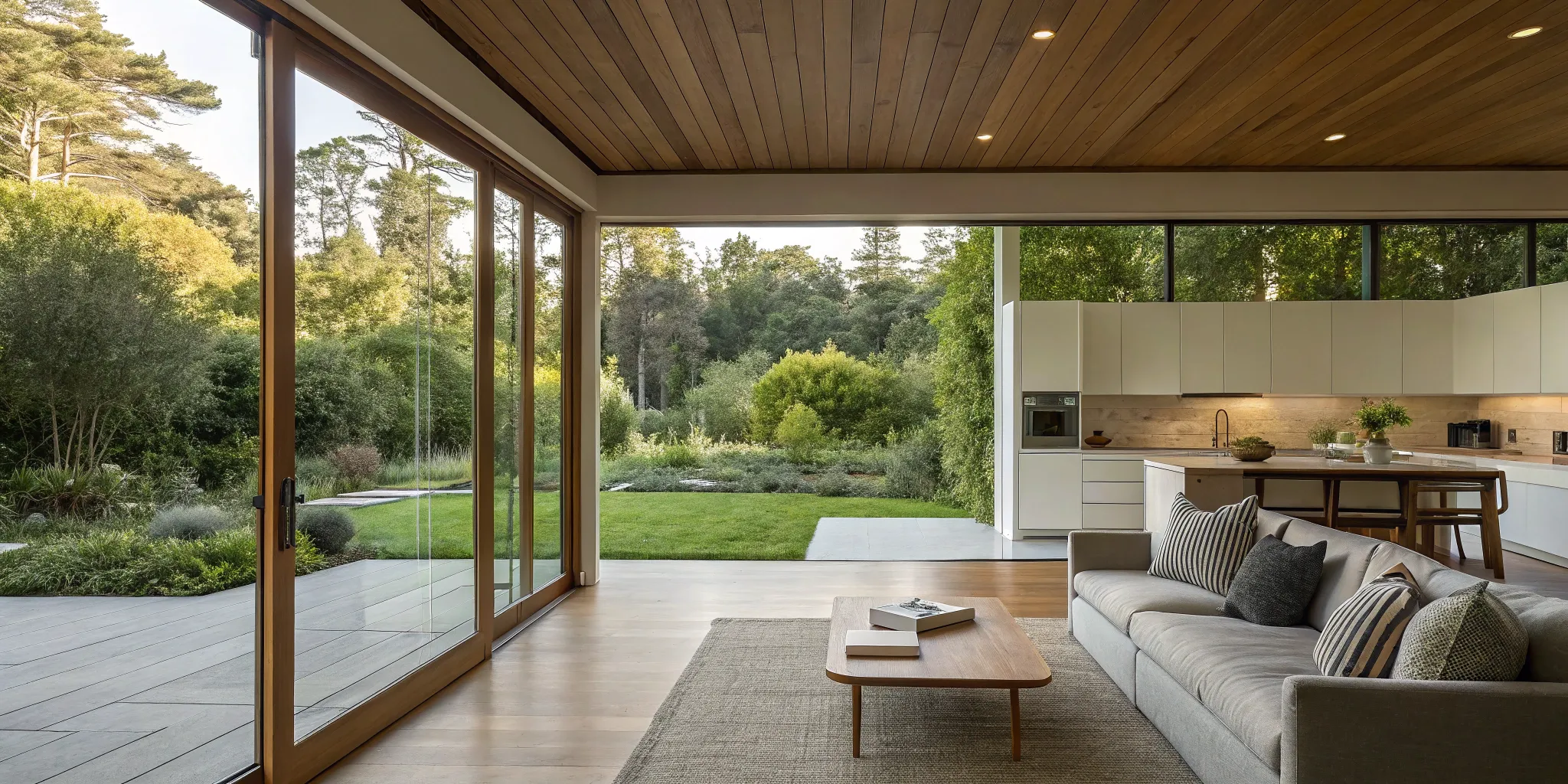


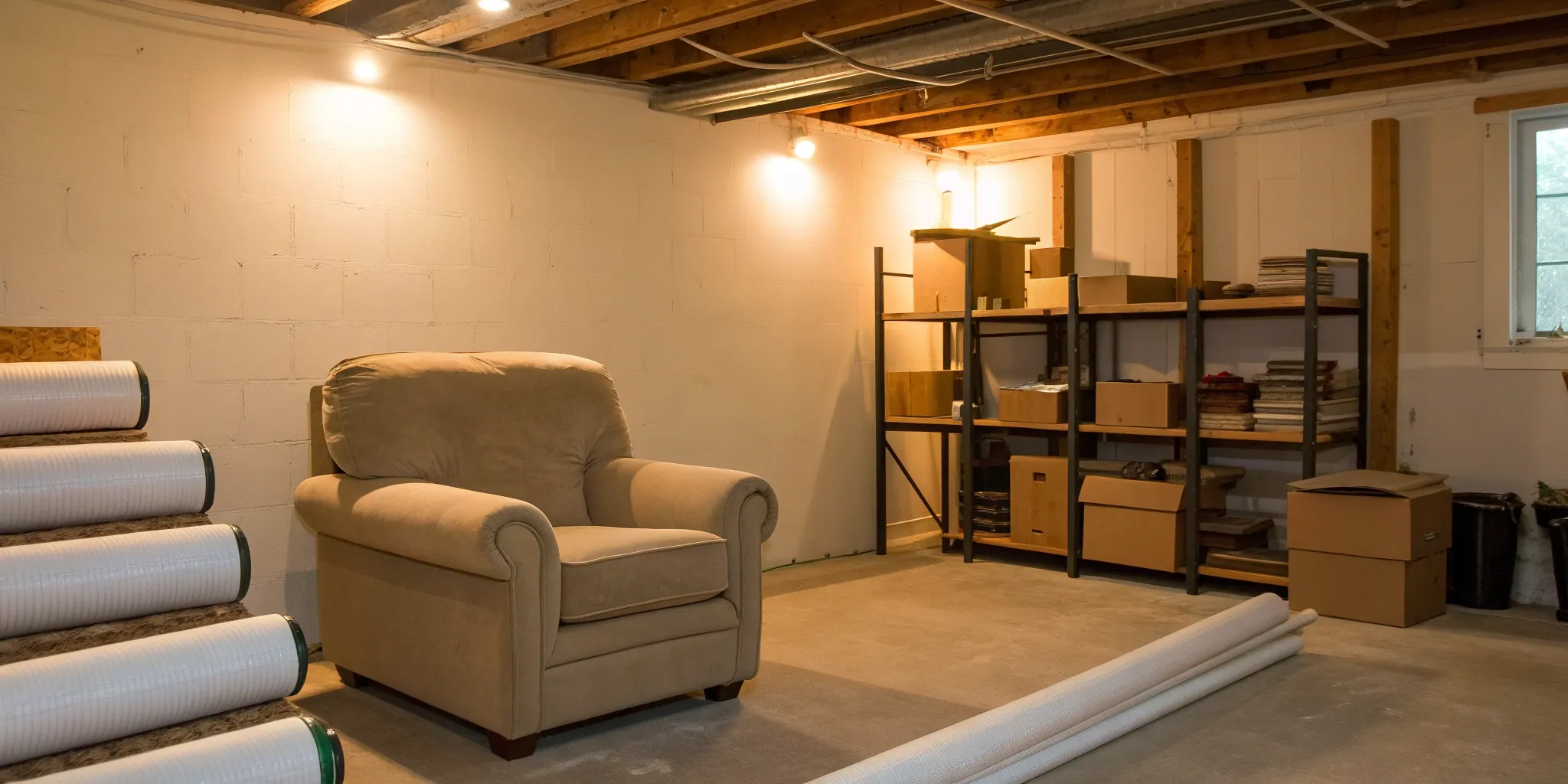
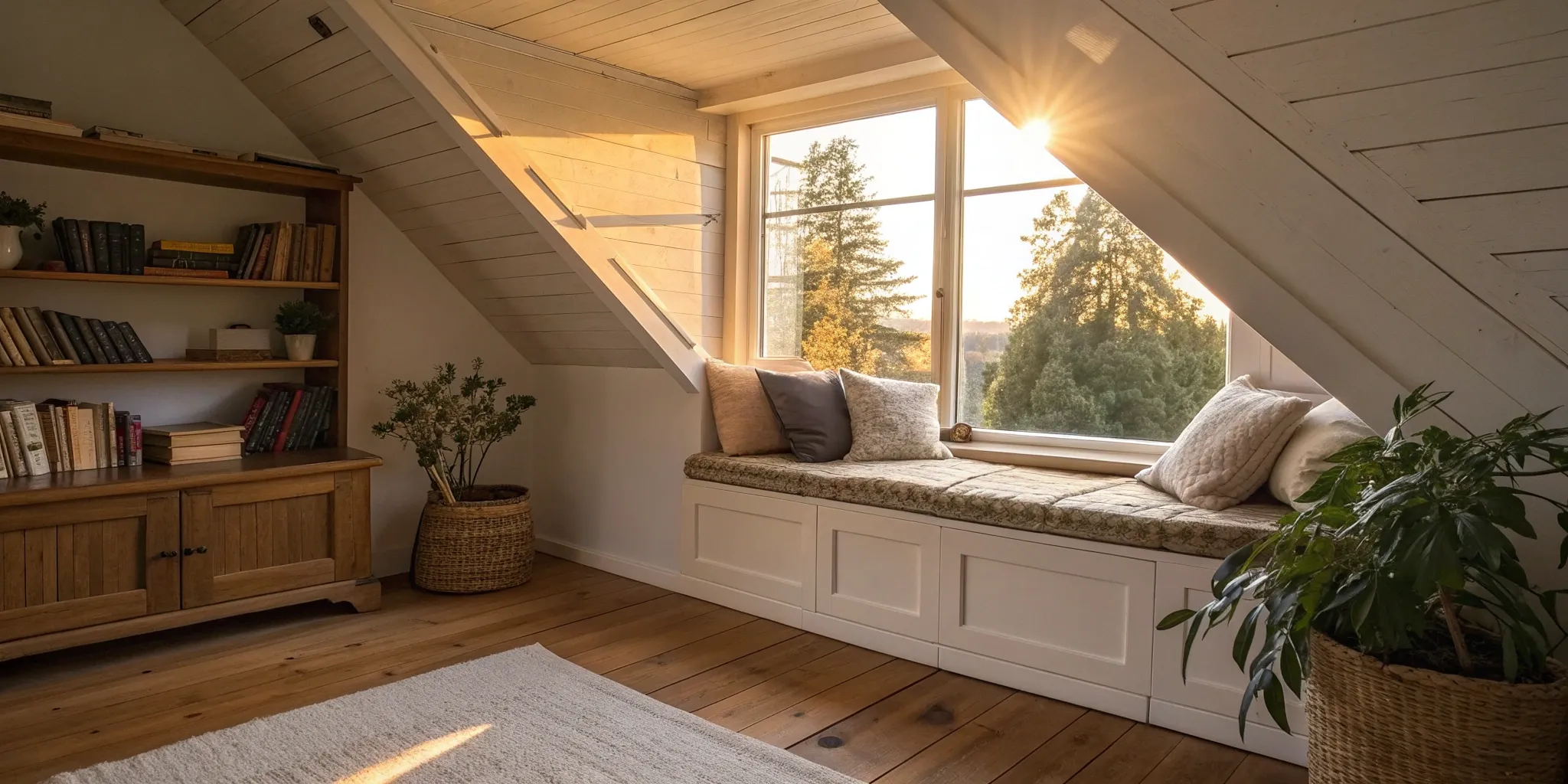
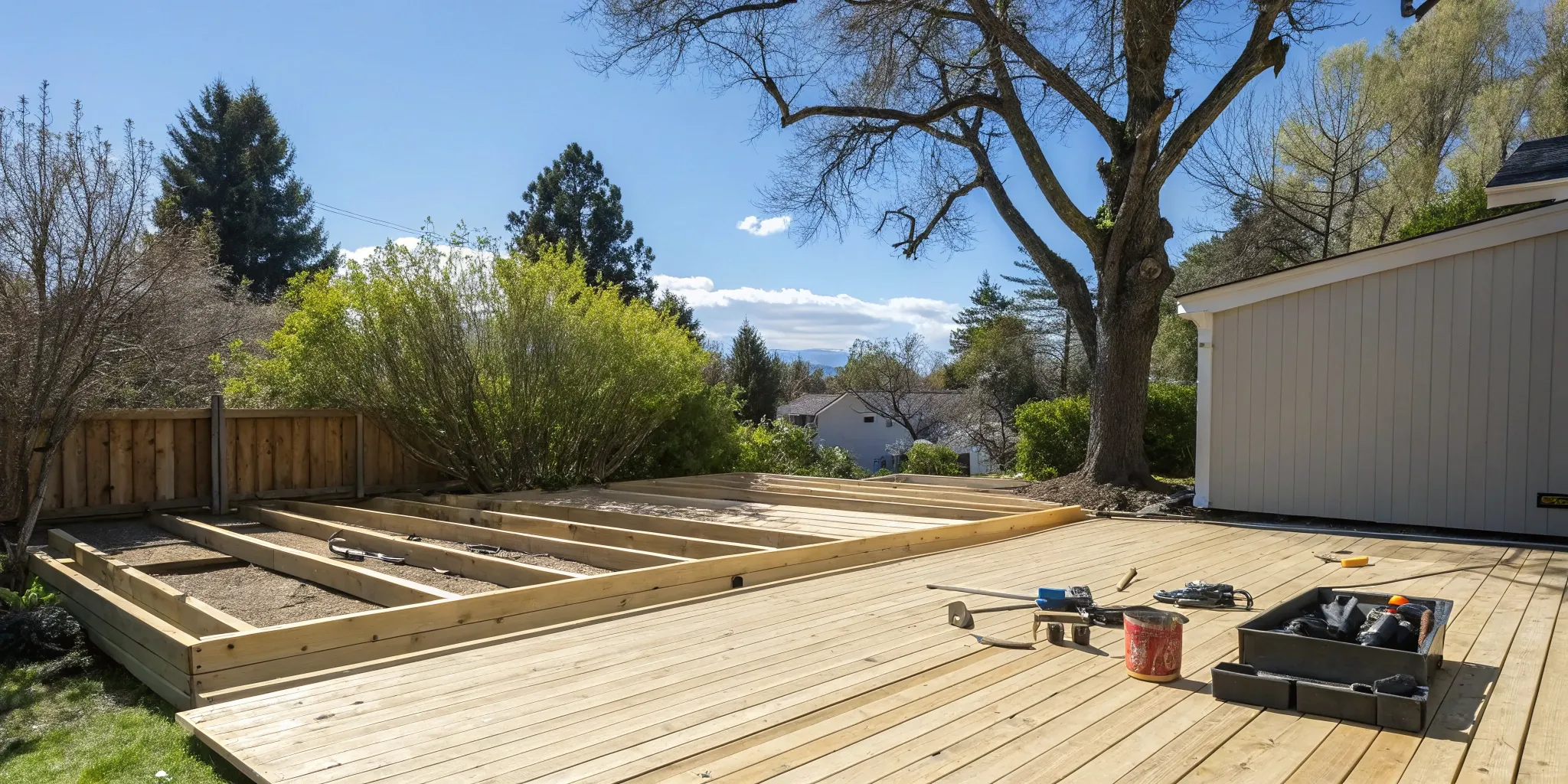

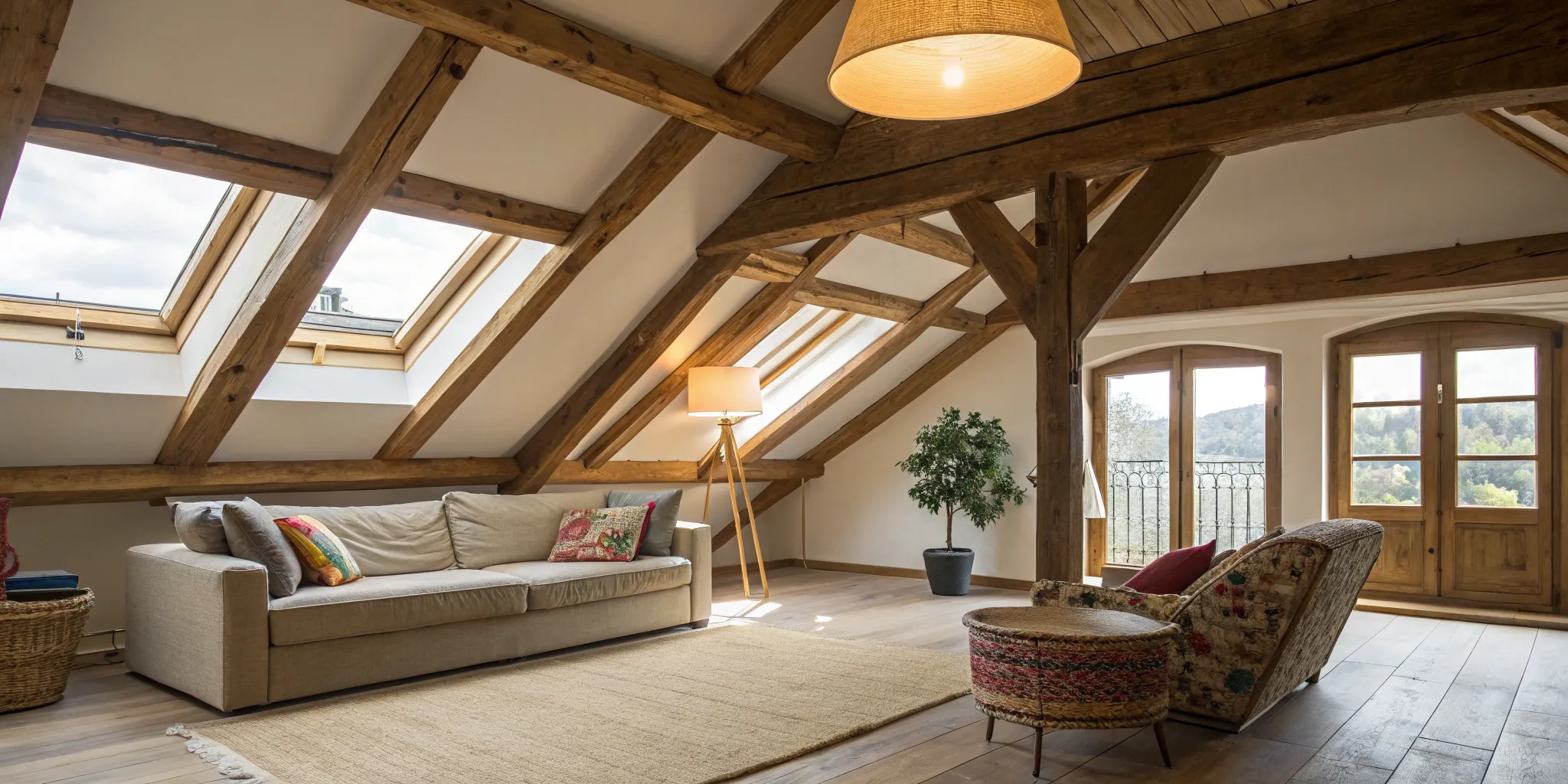



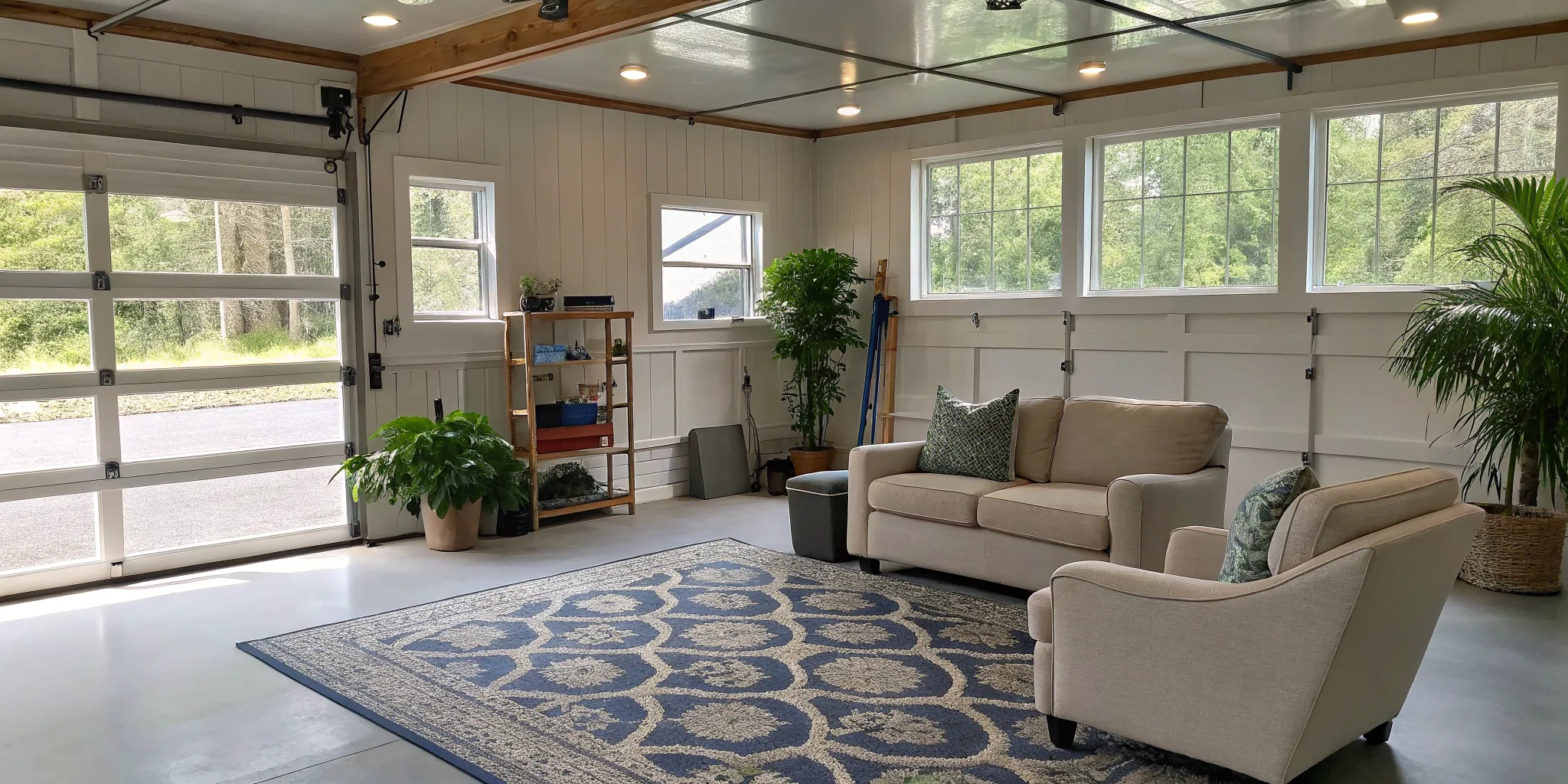
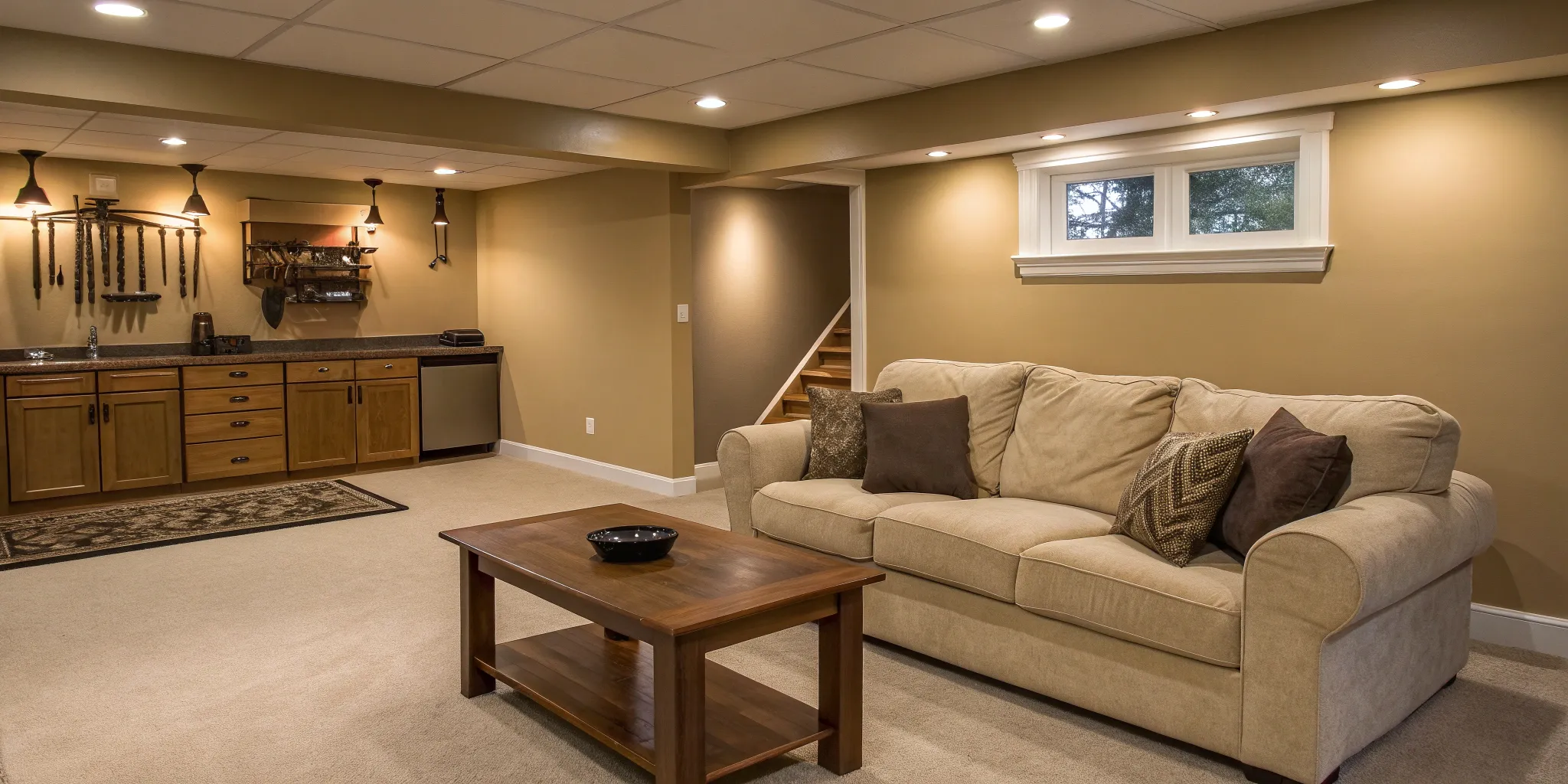



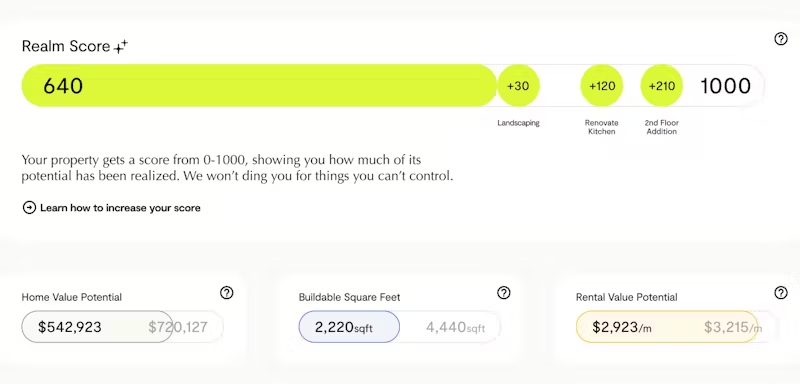
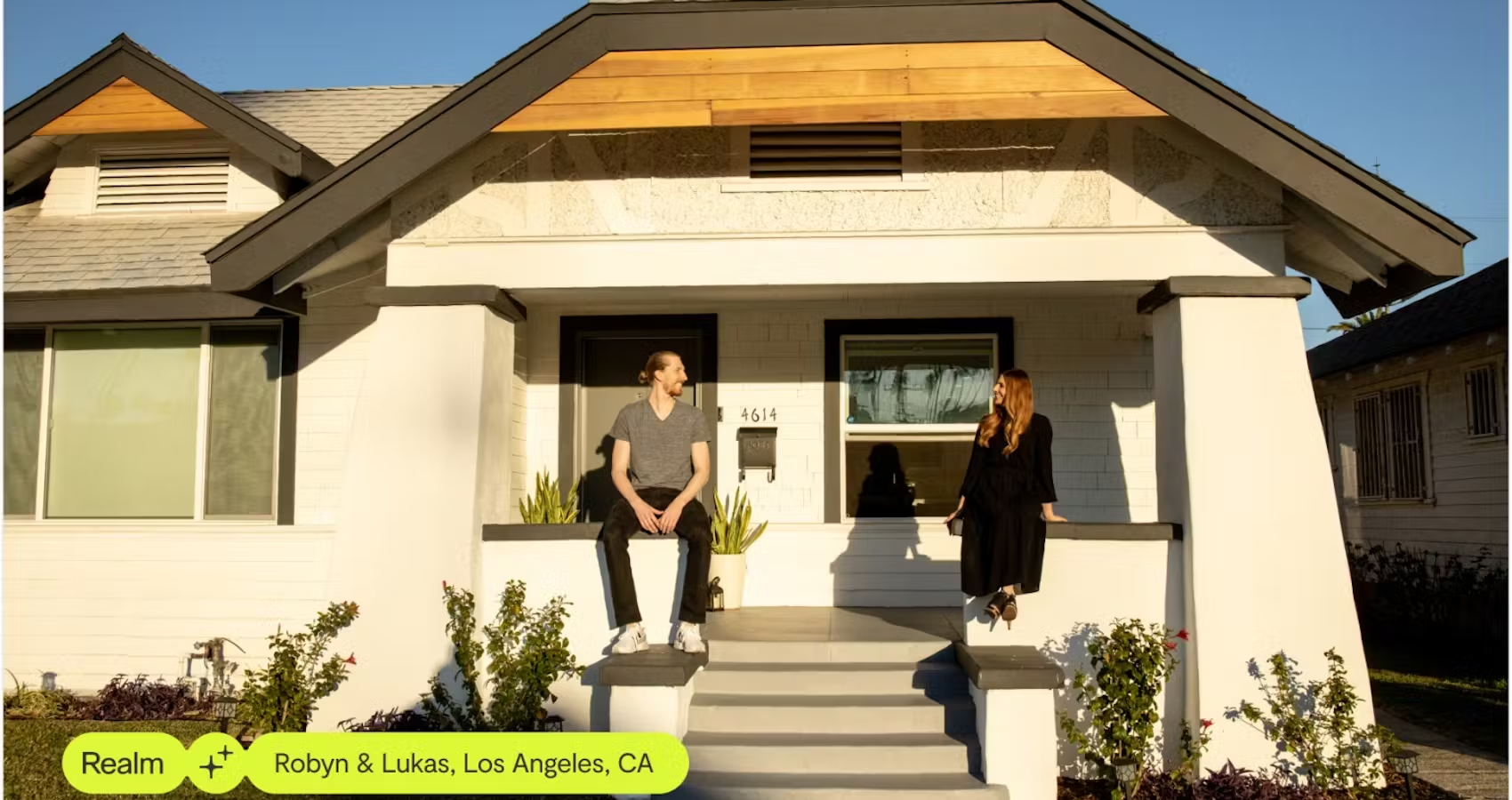
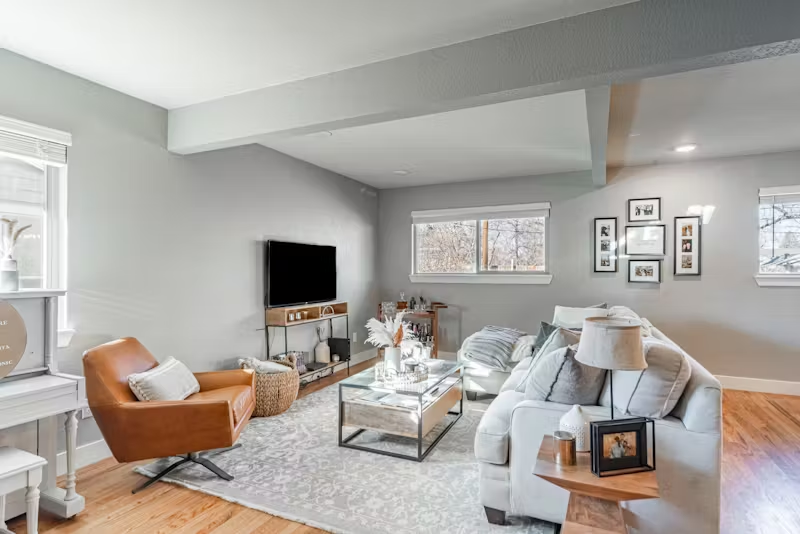
.avif)



